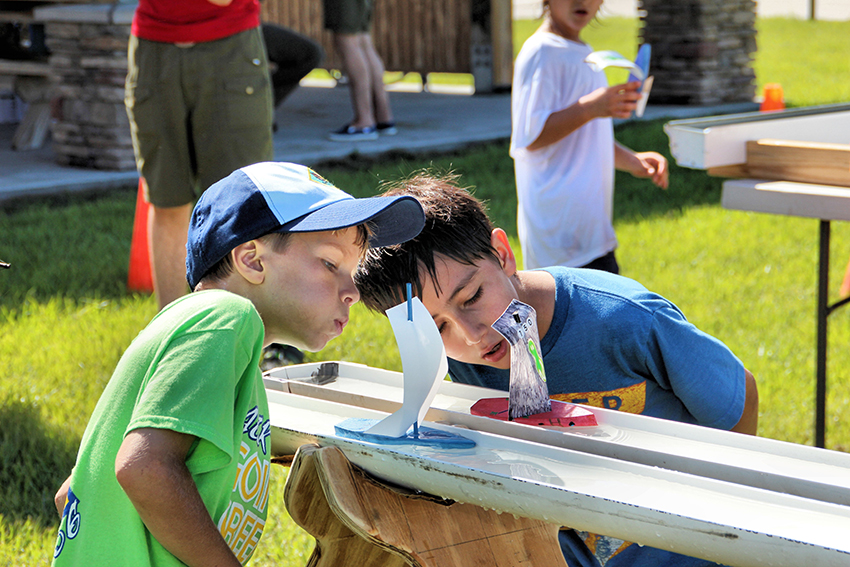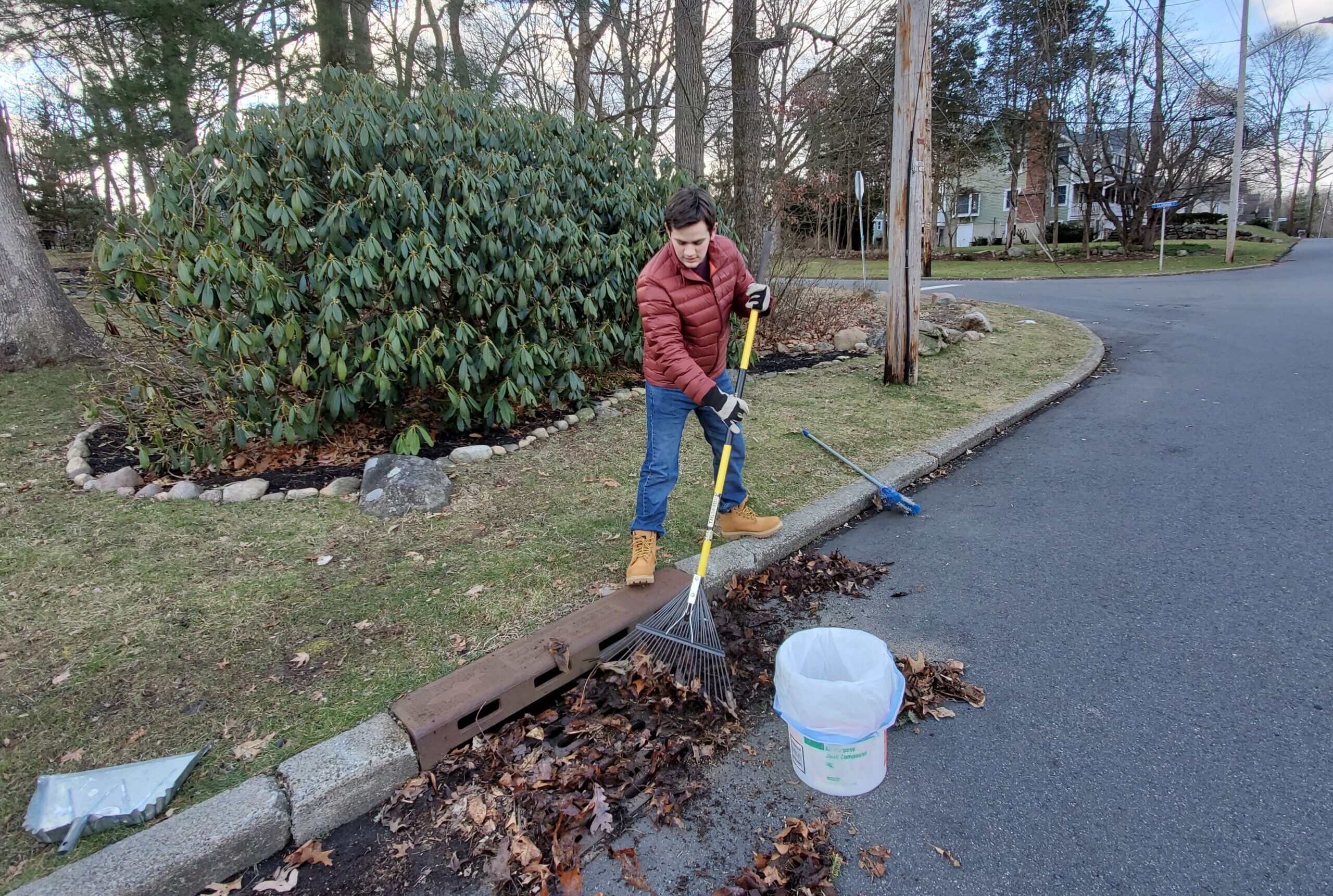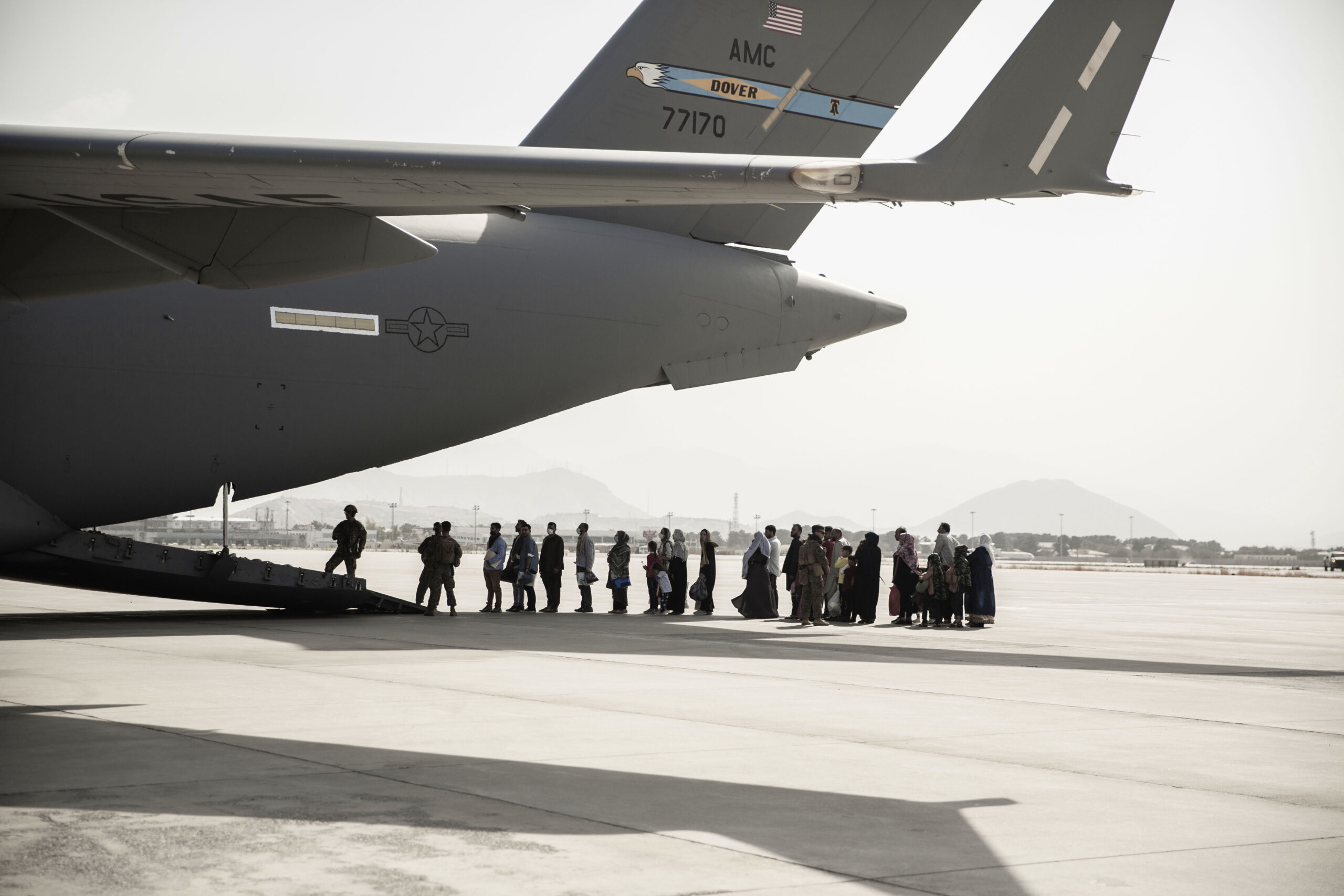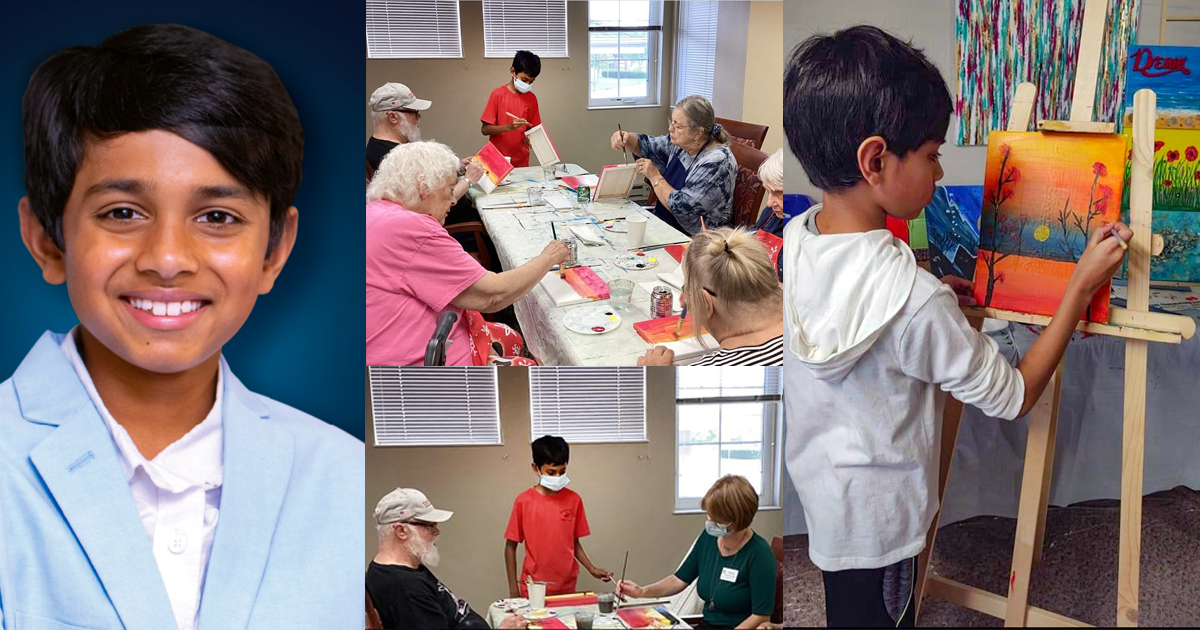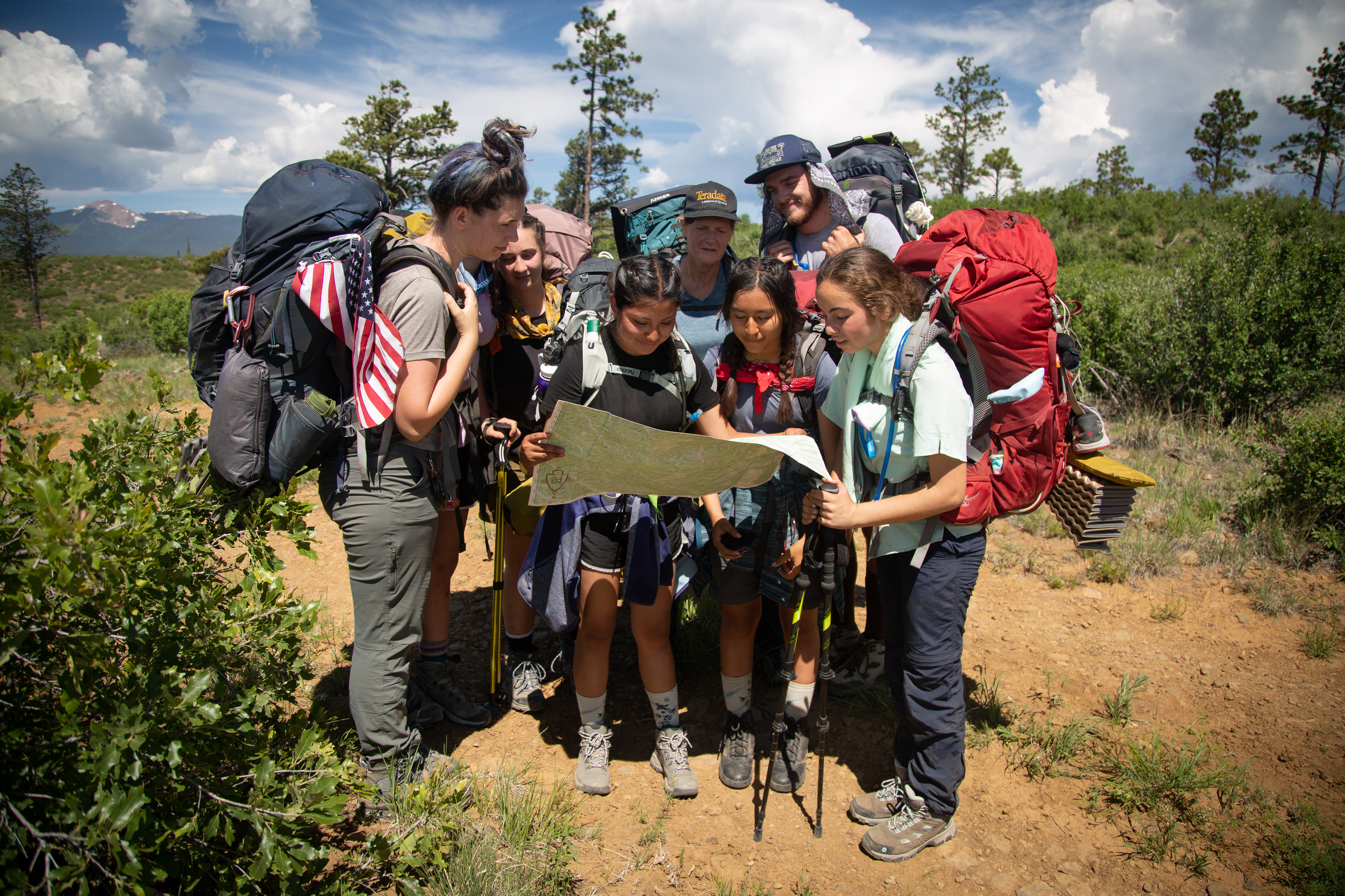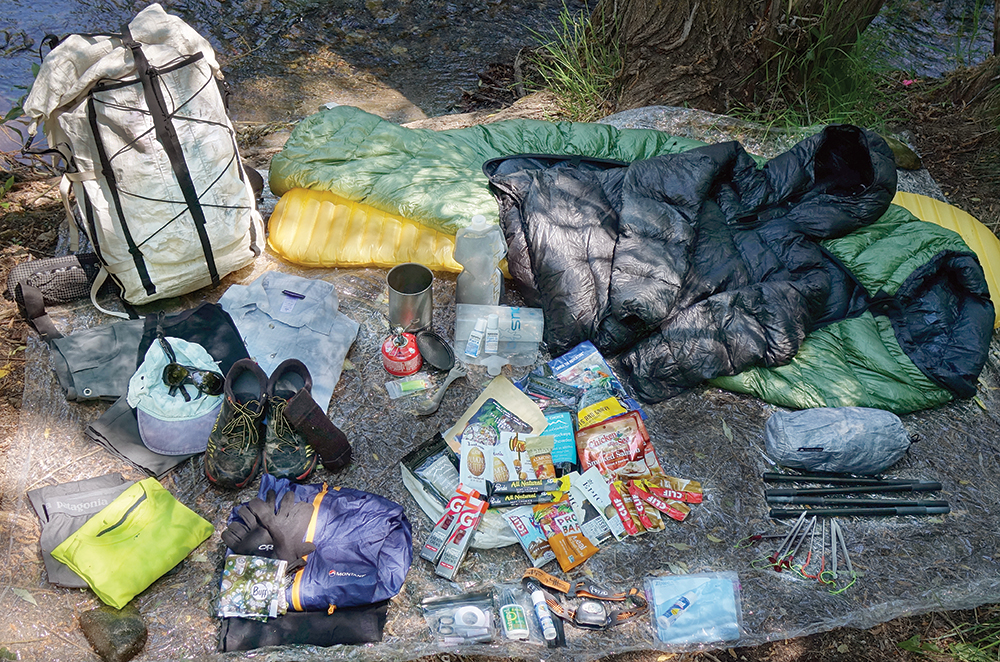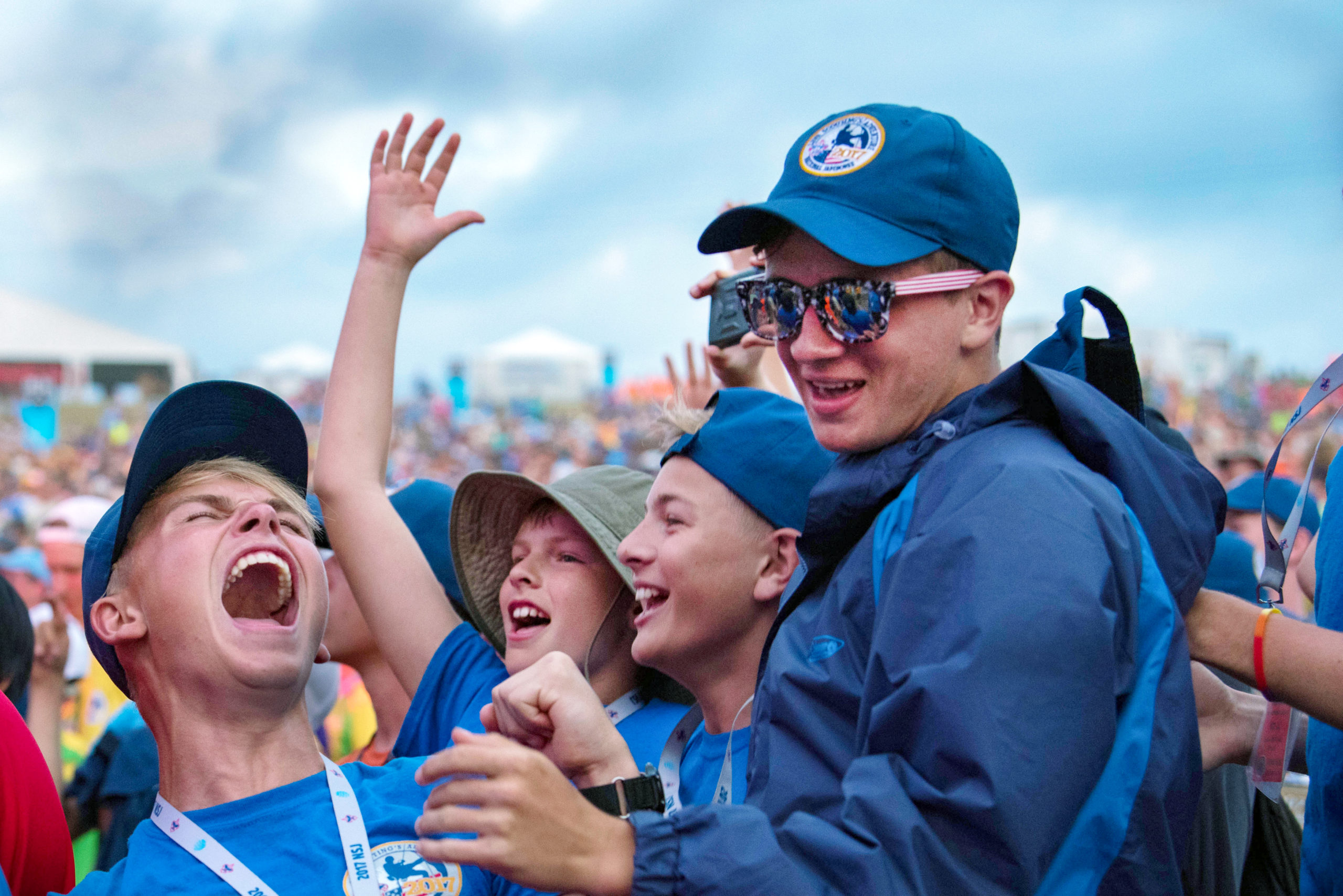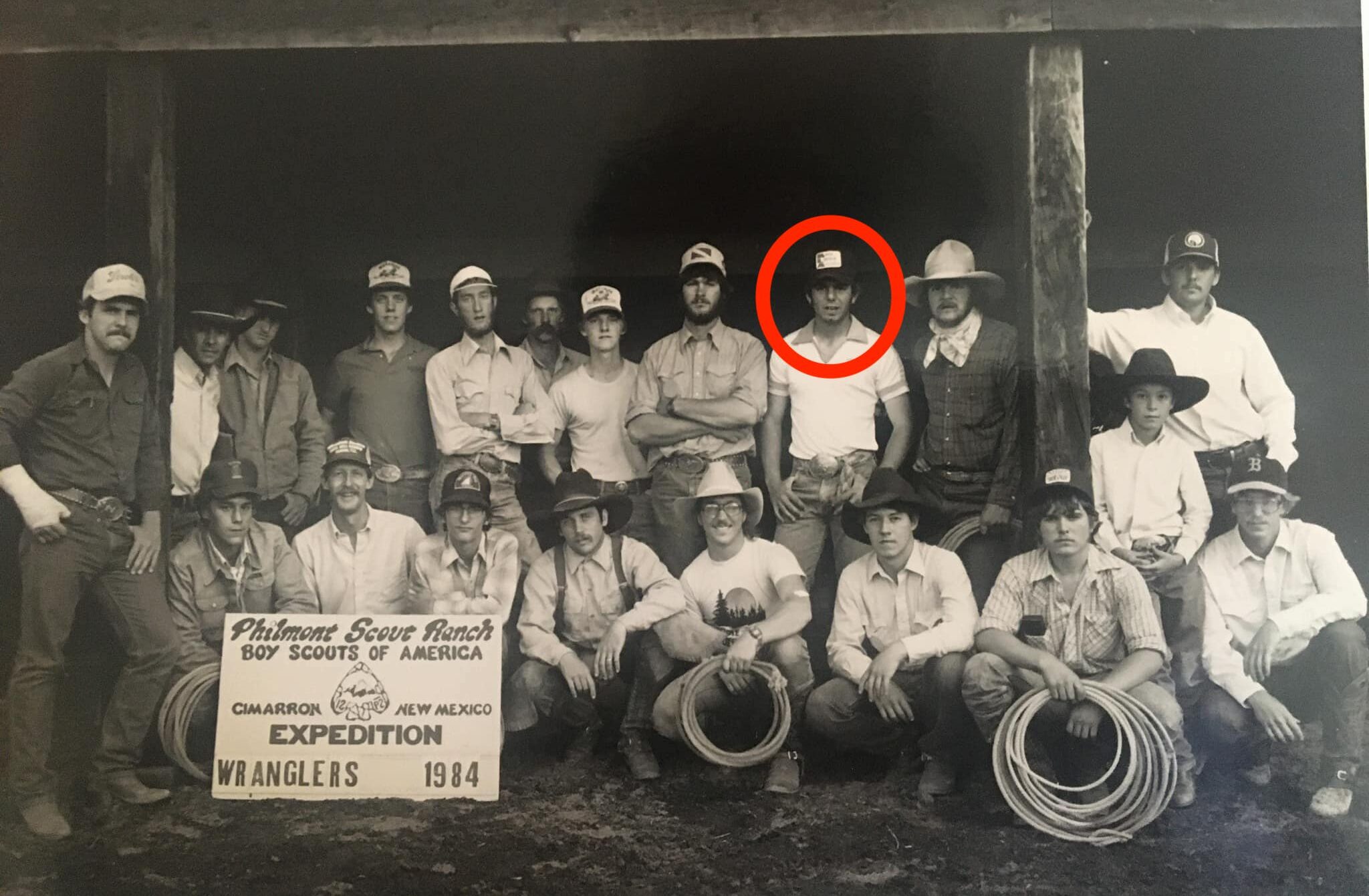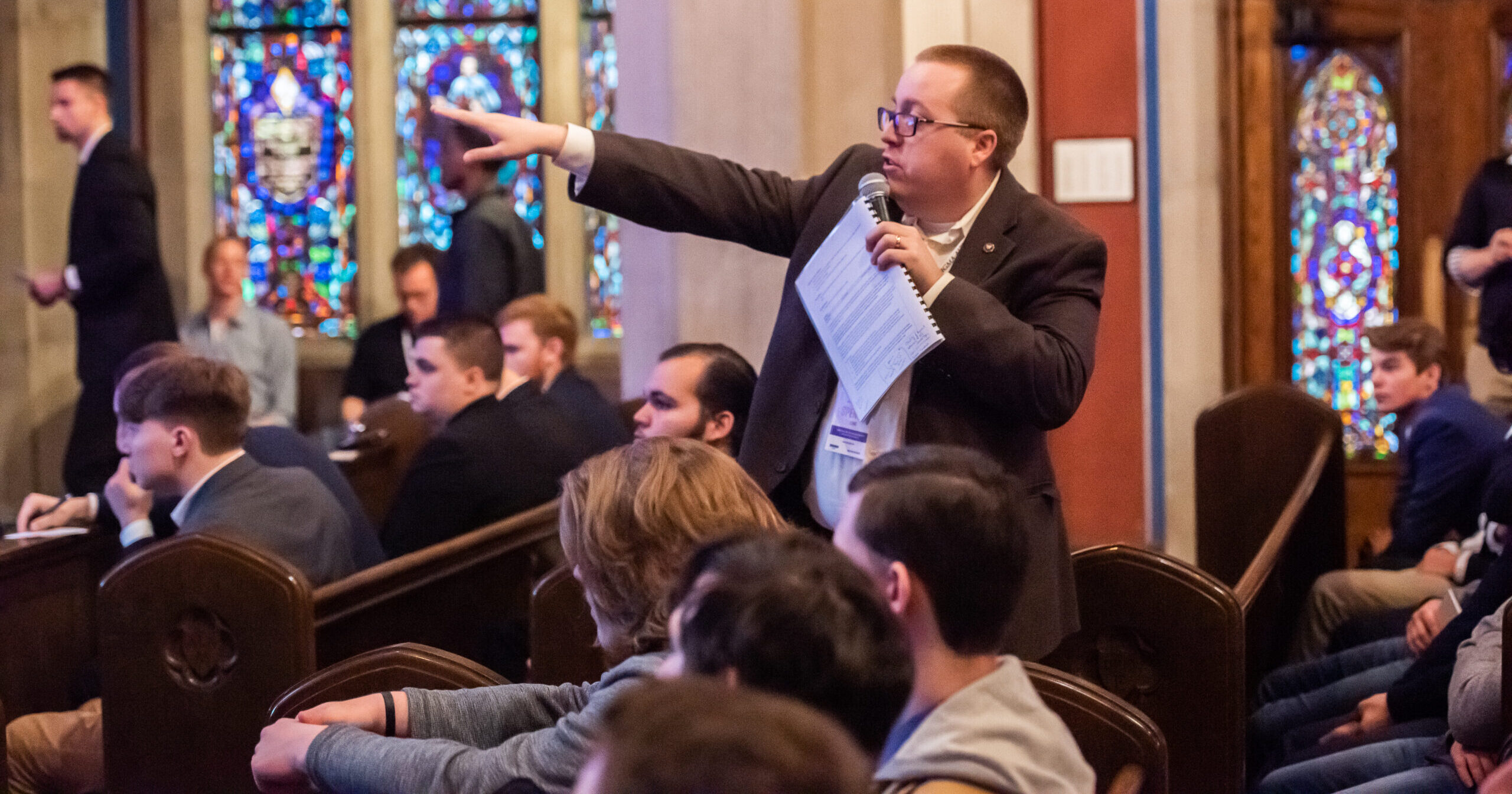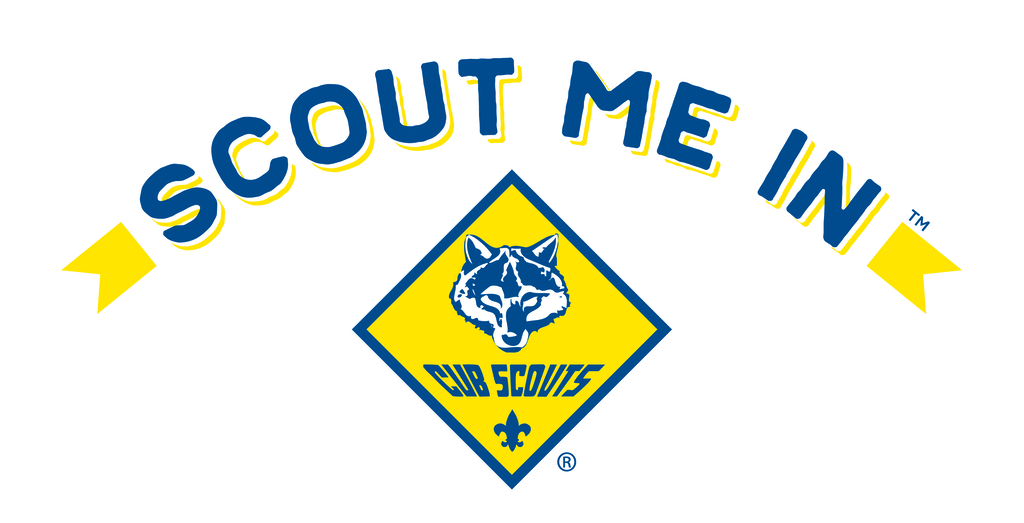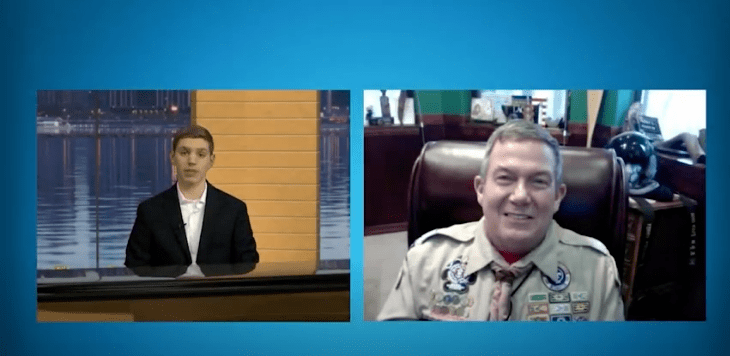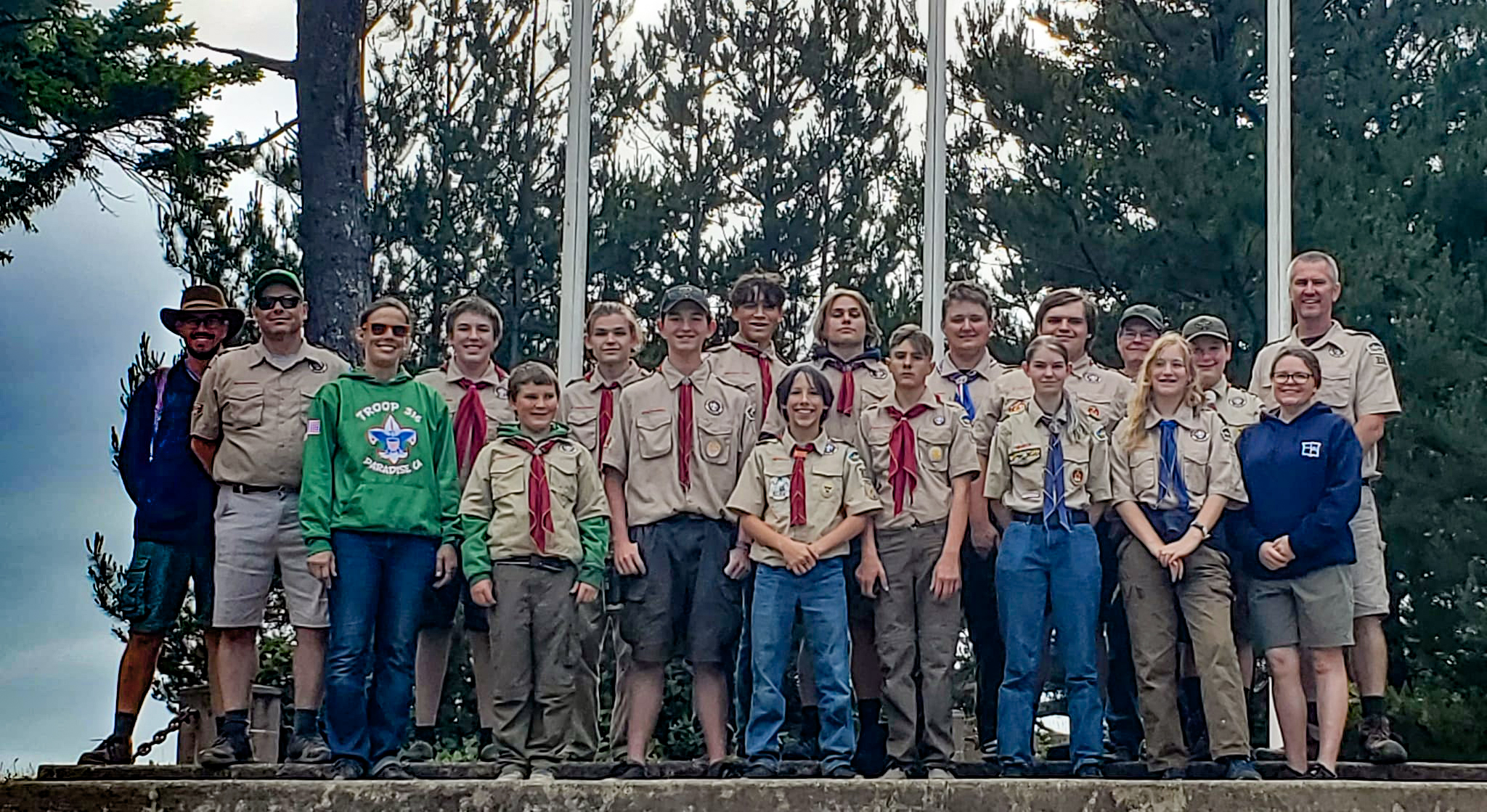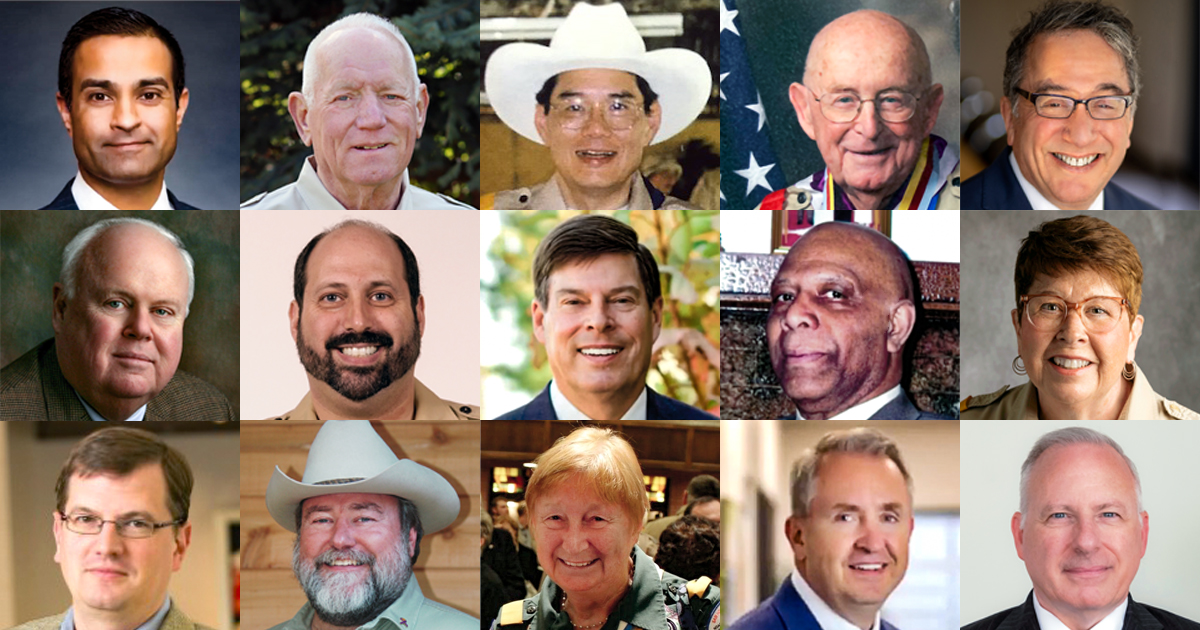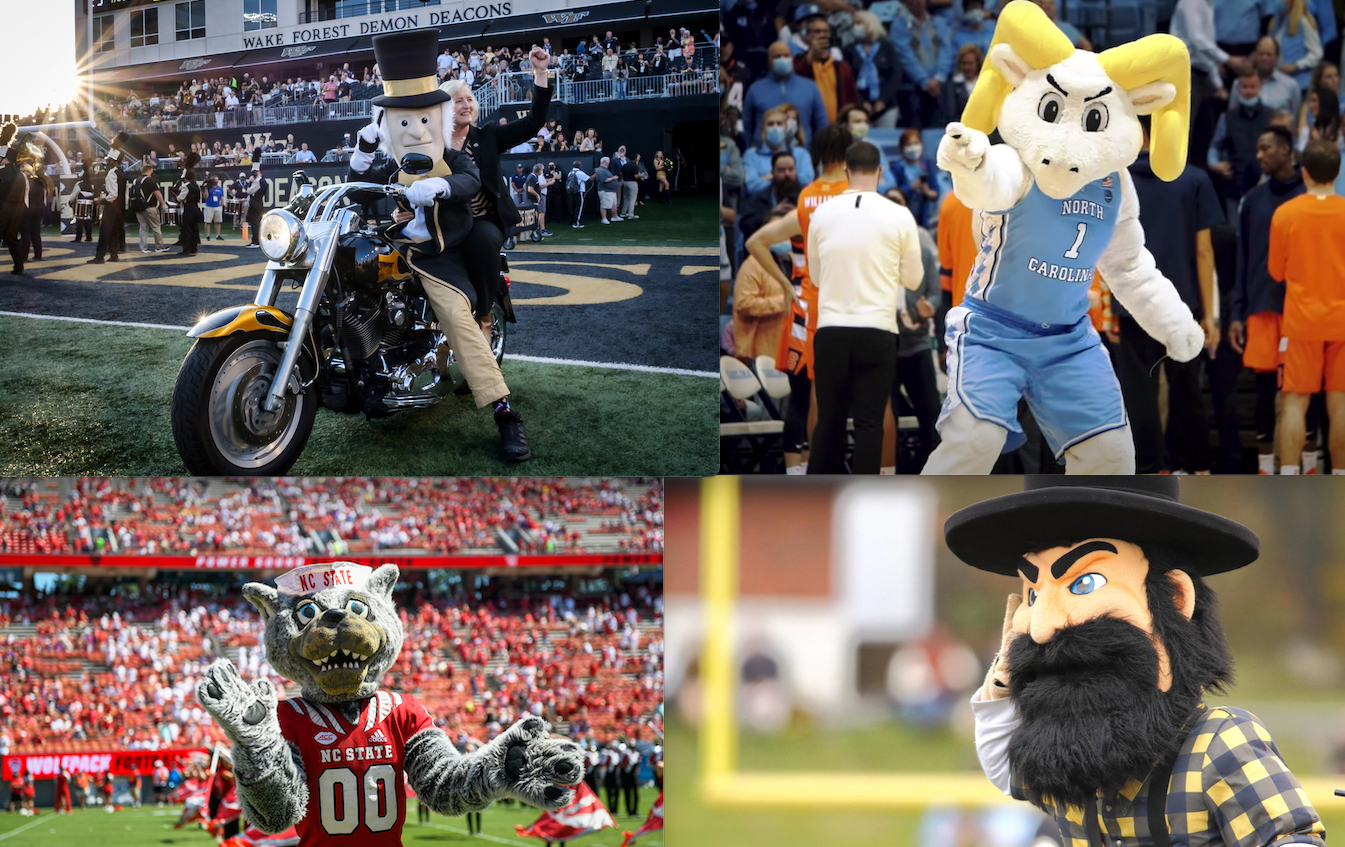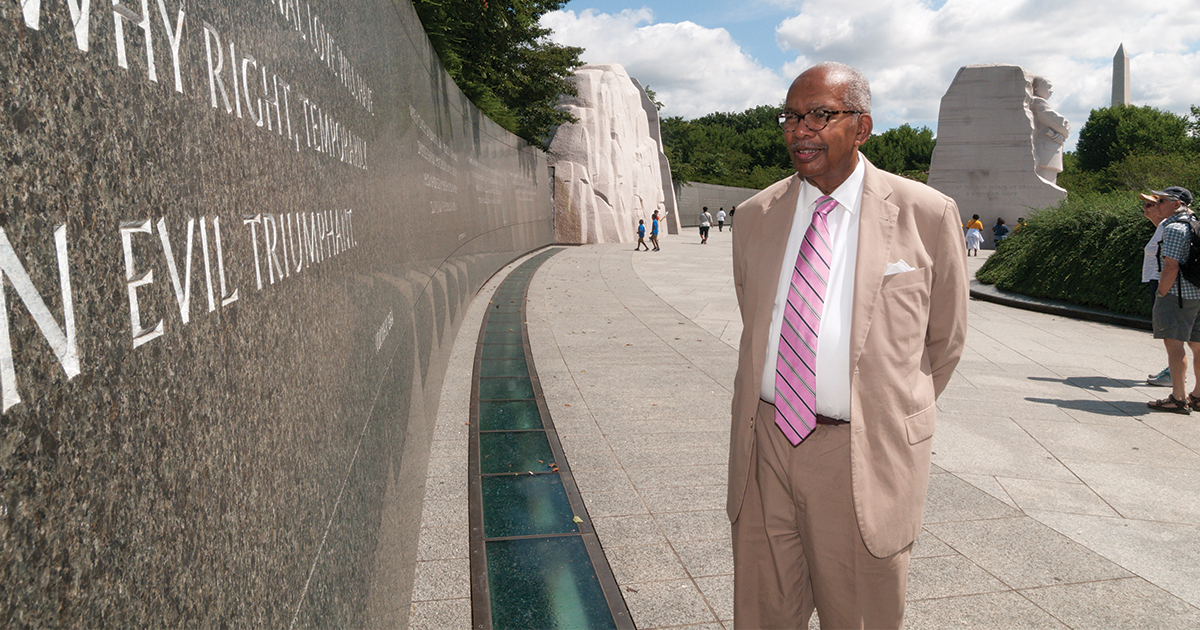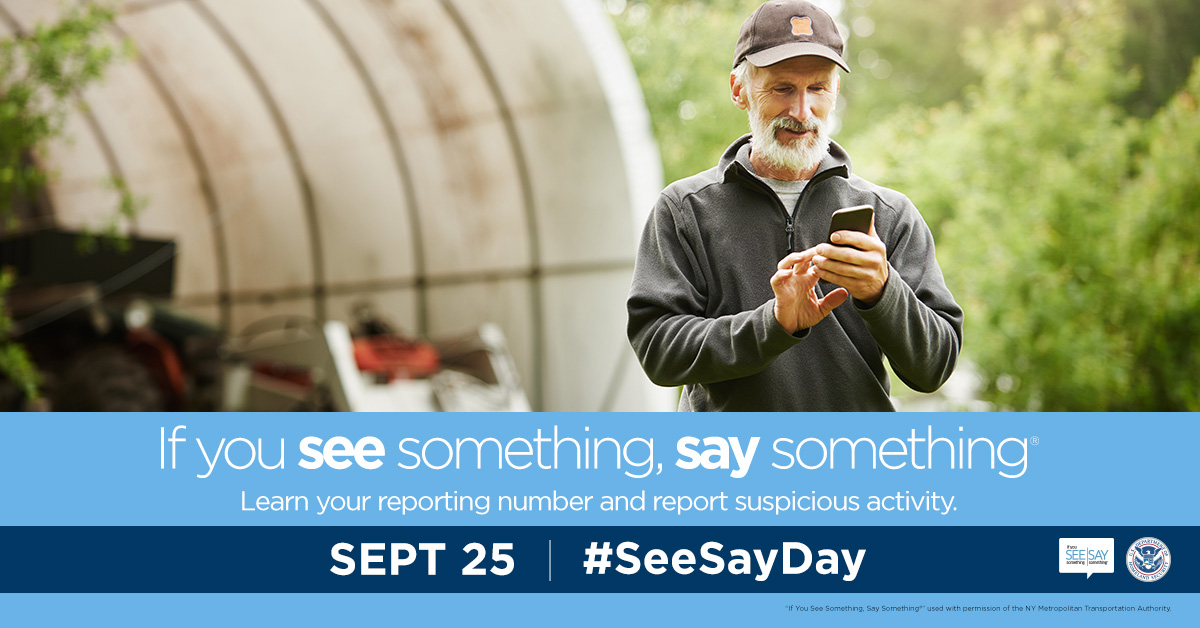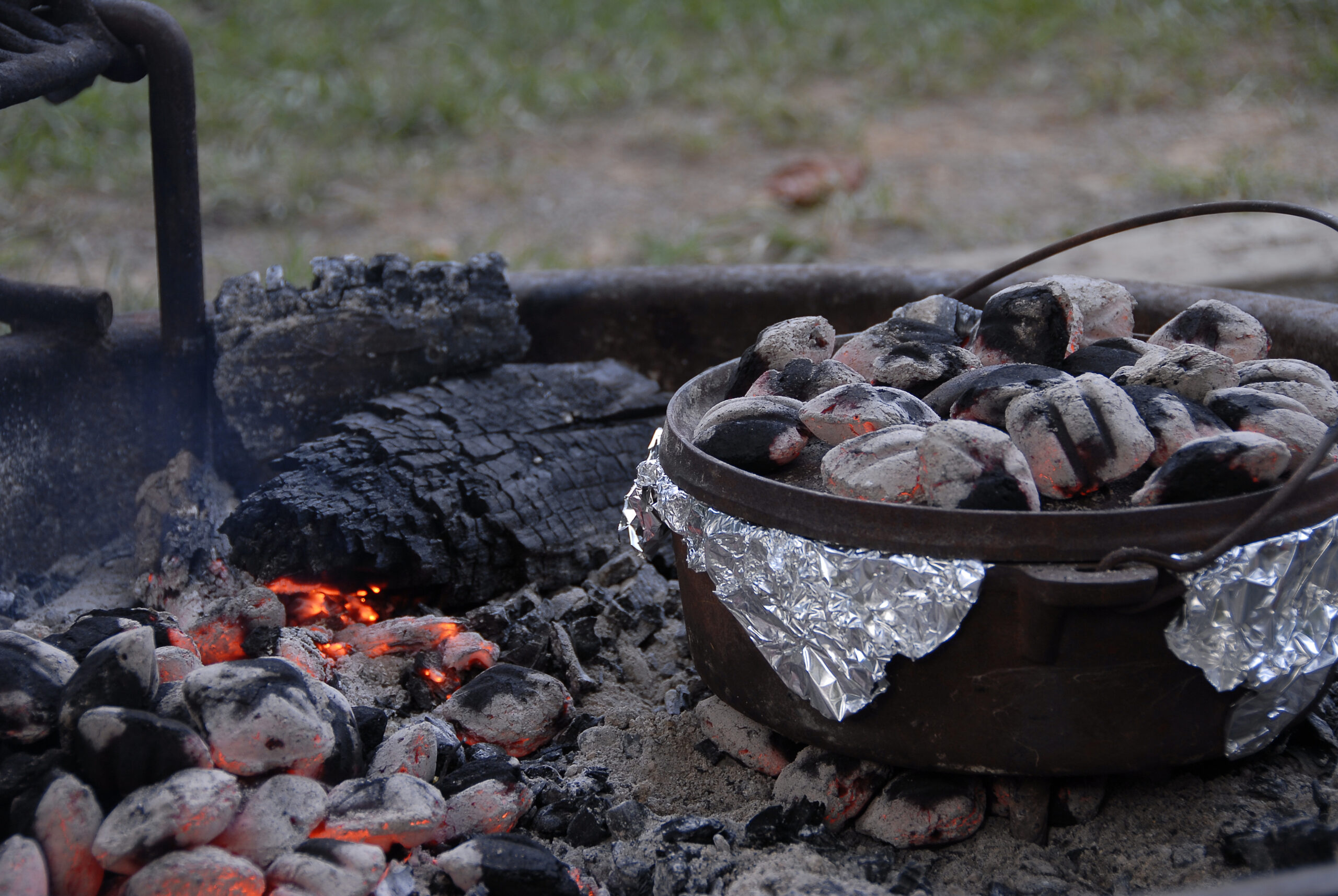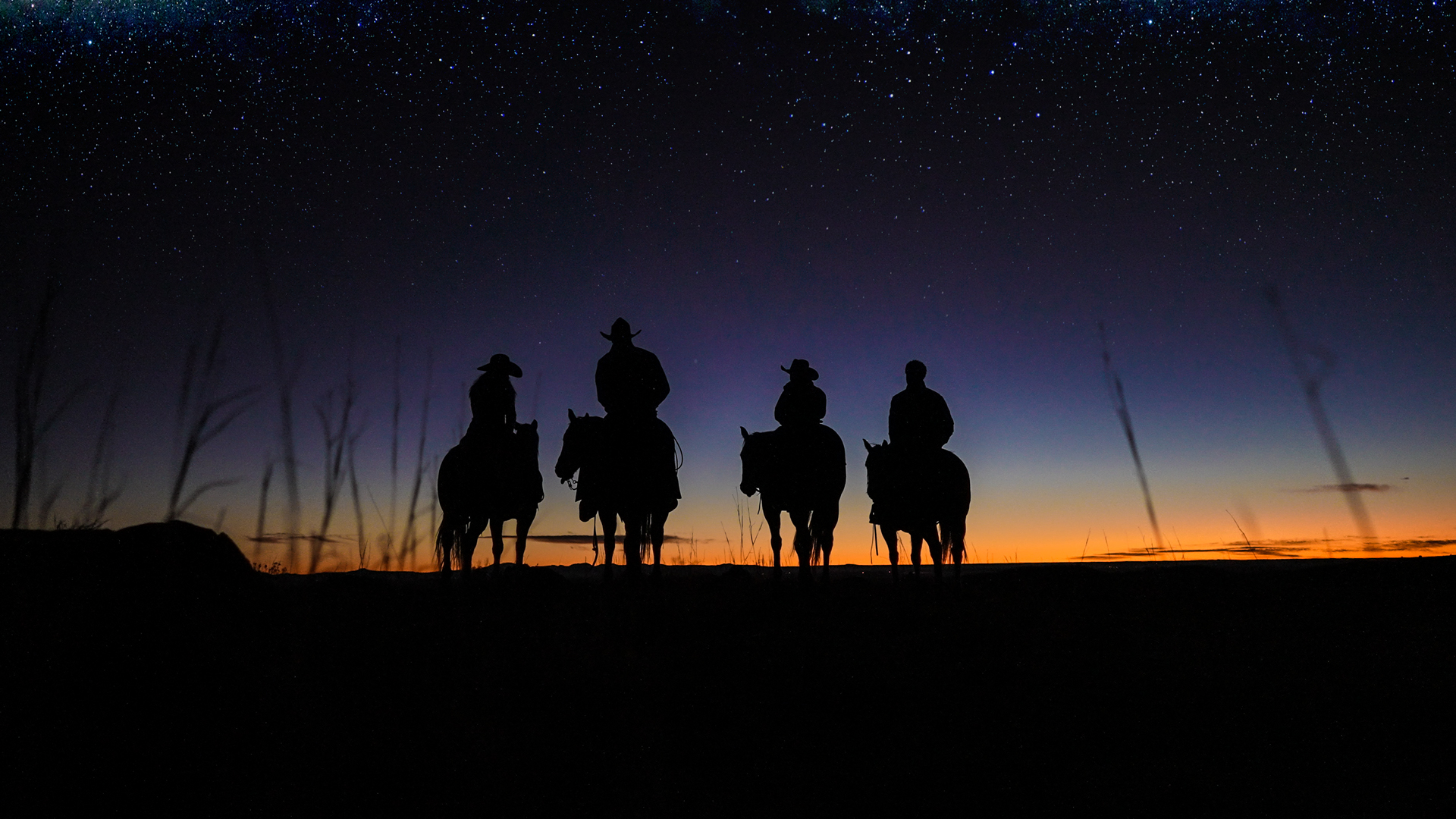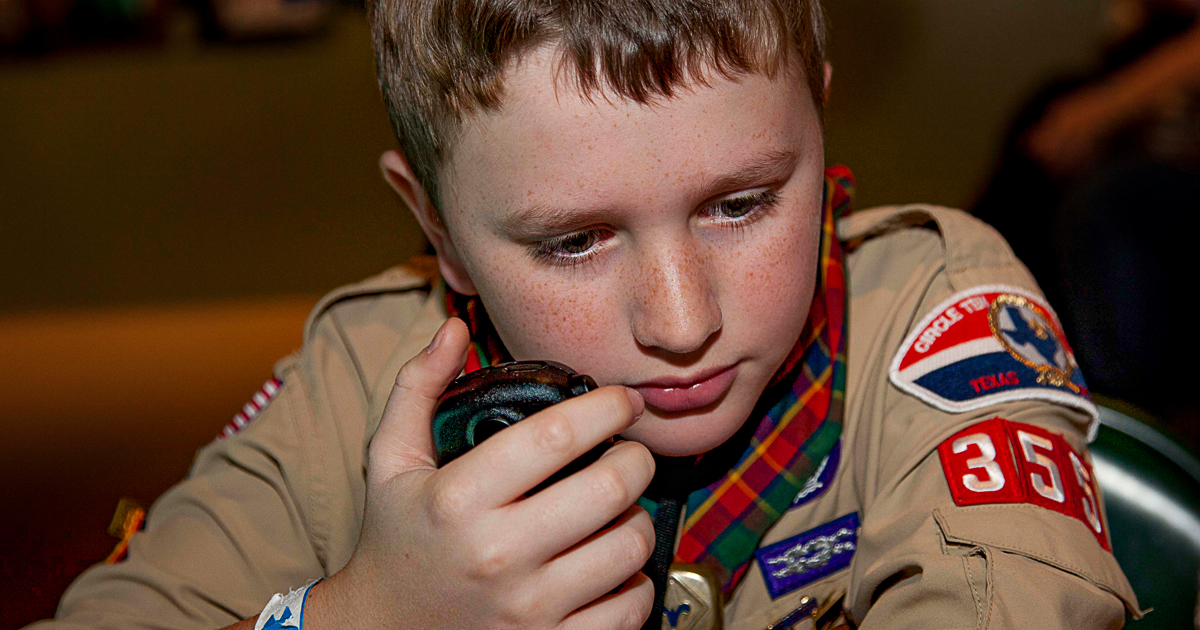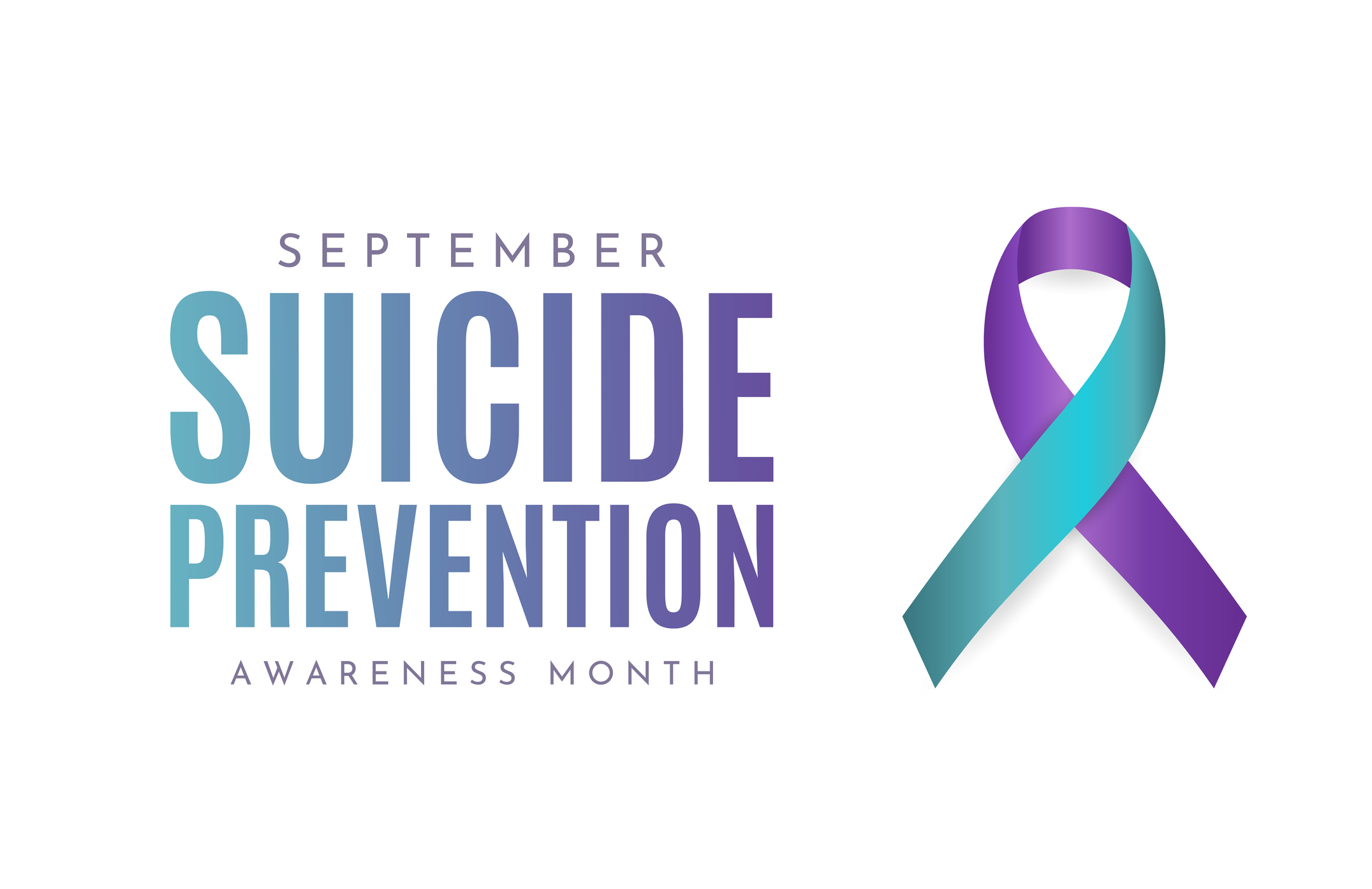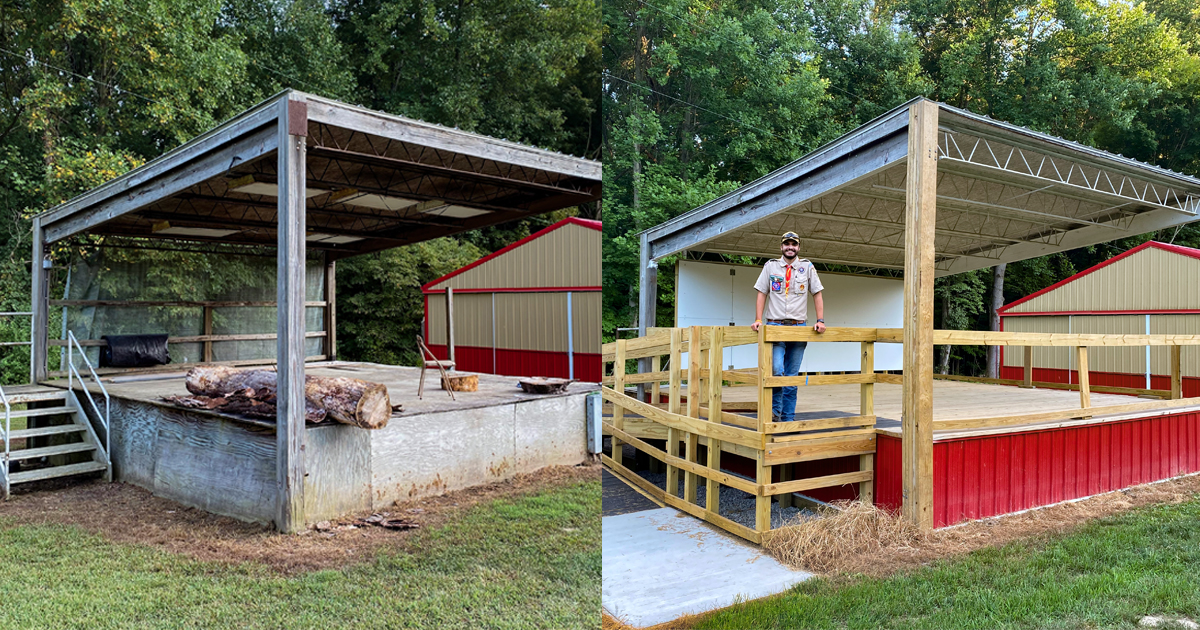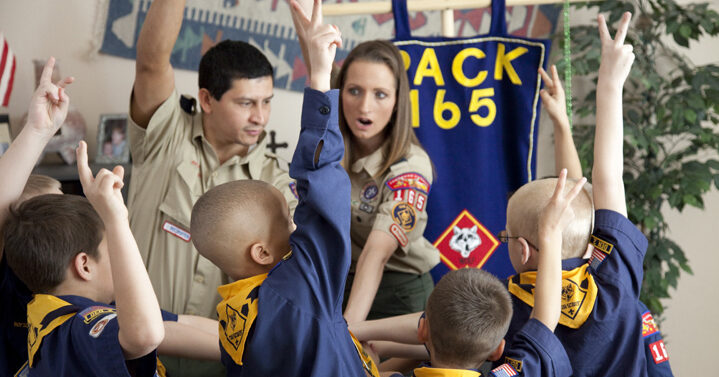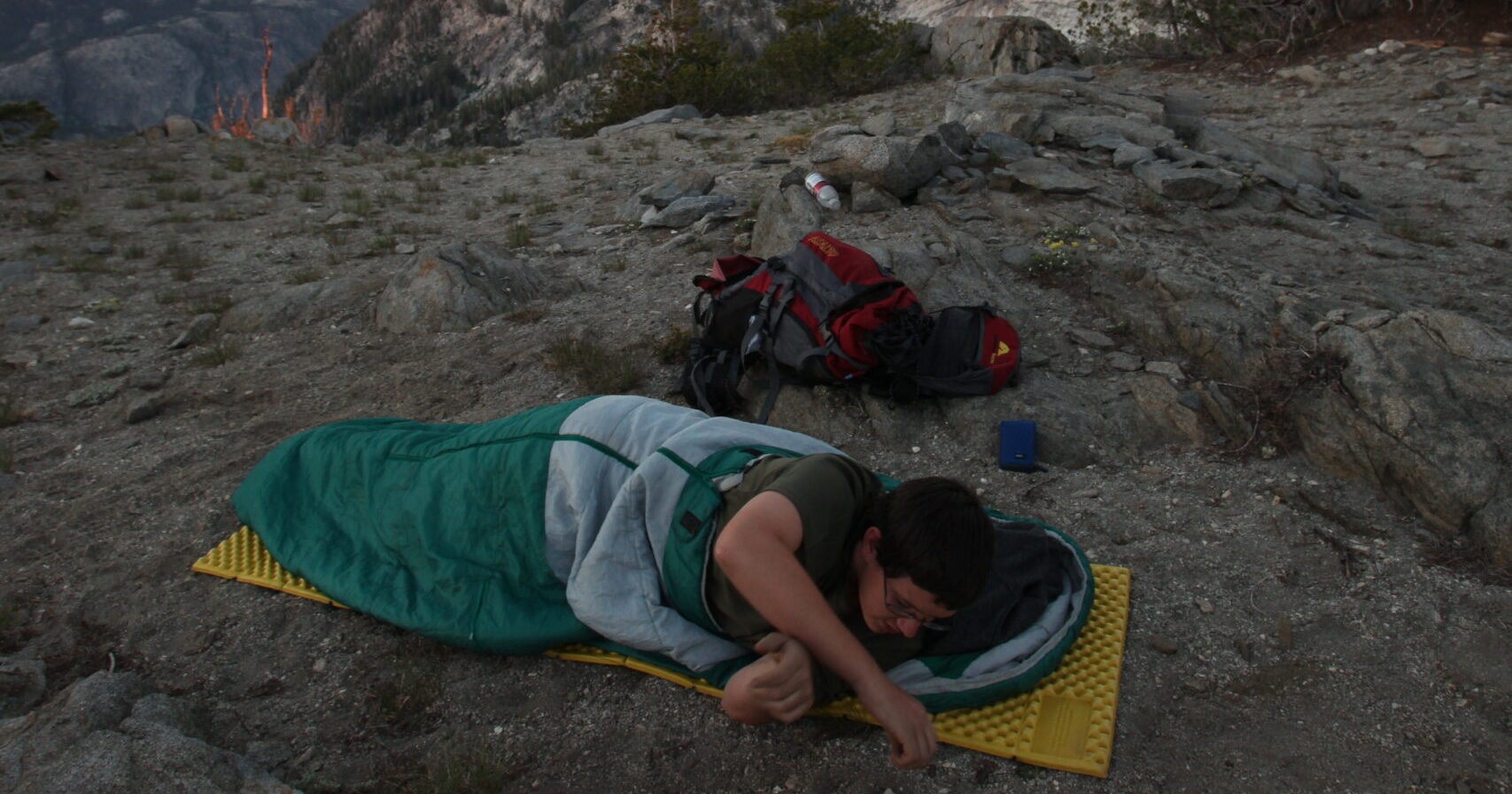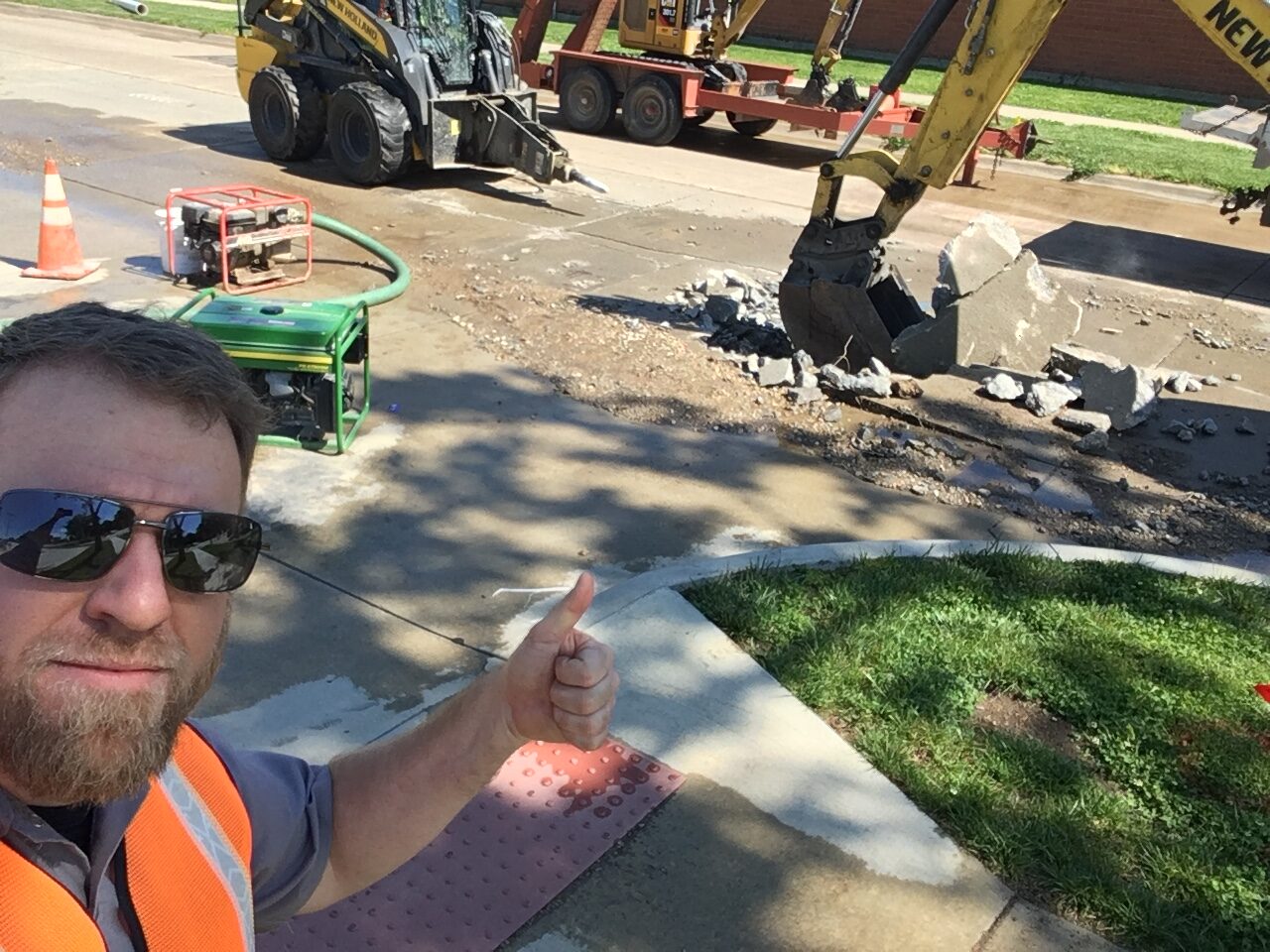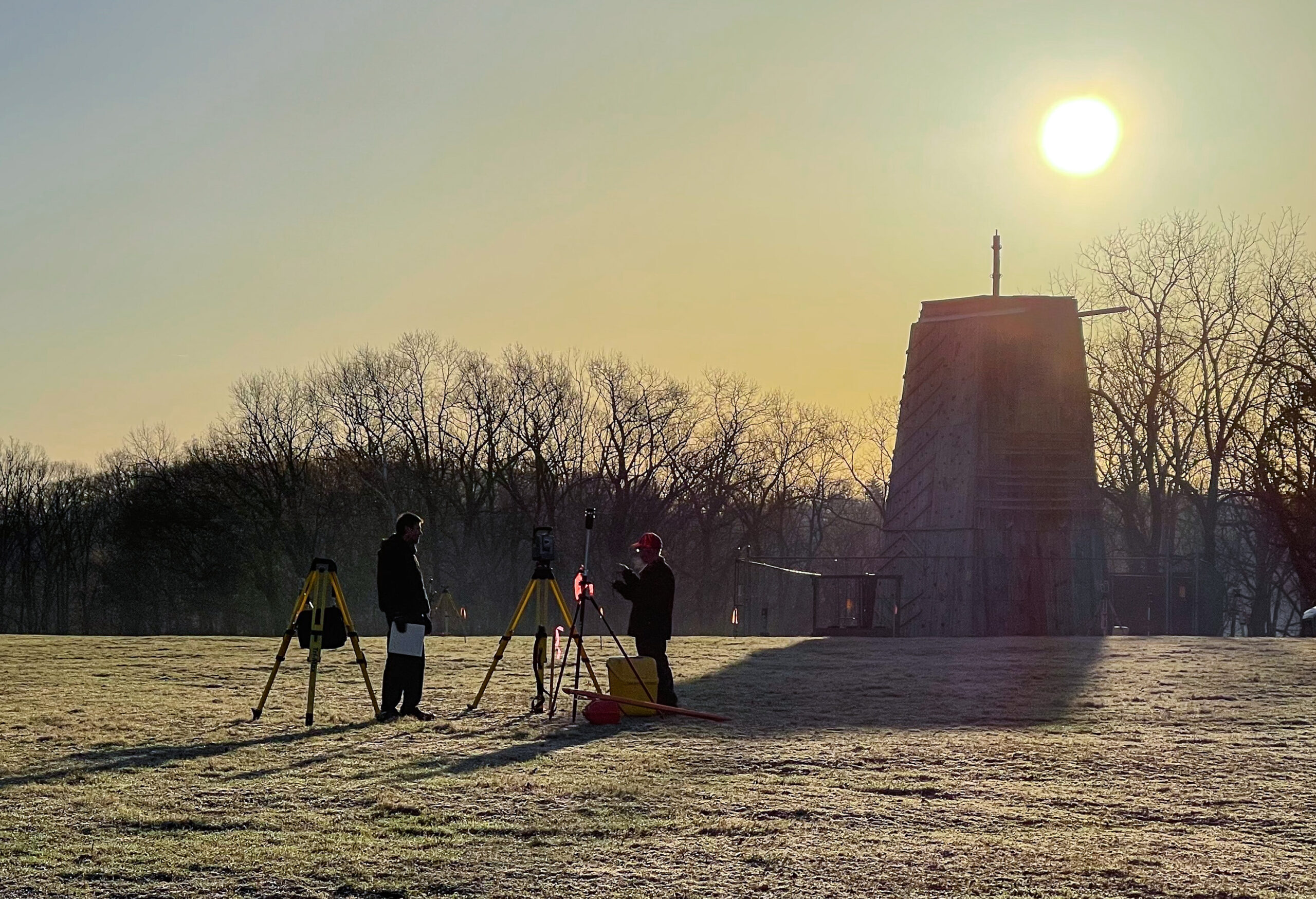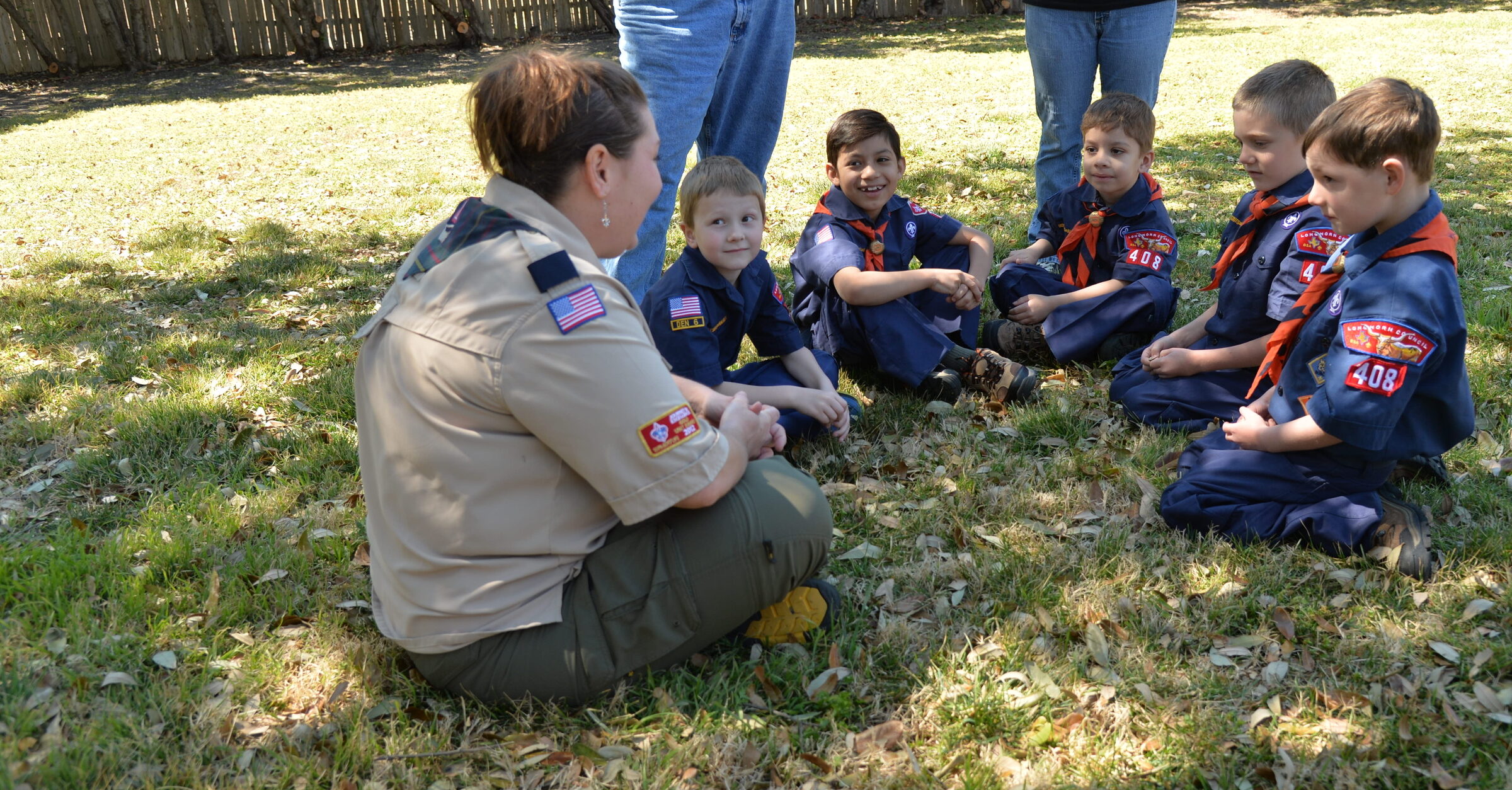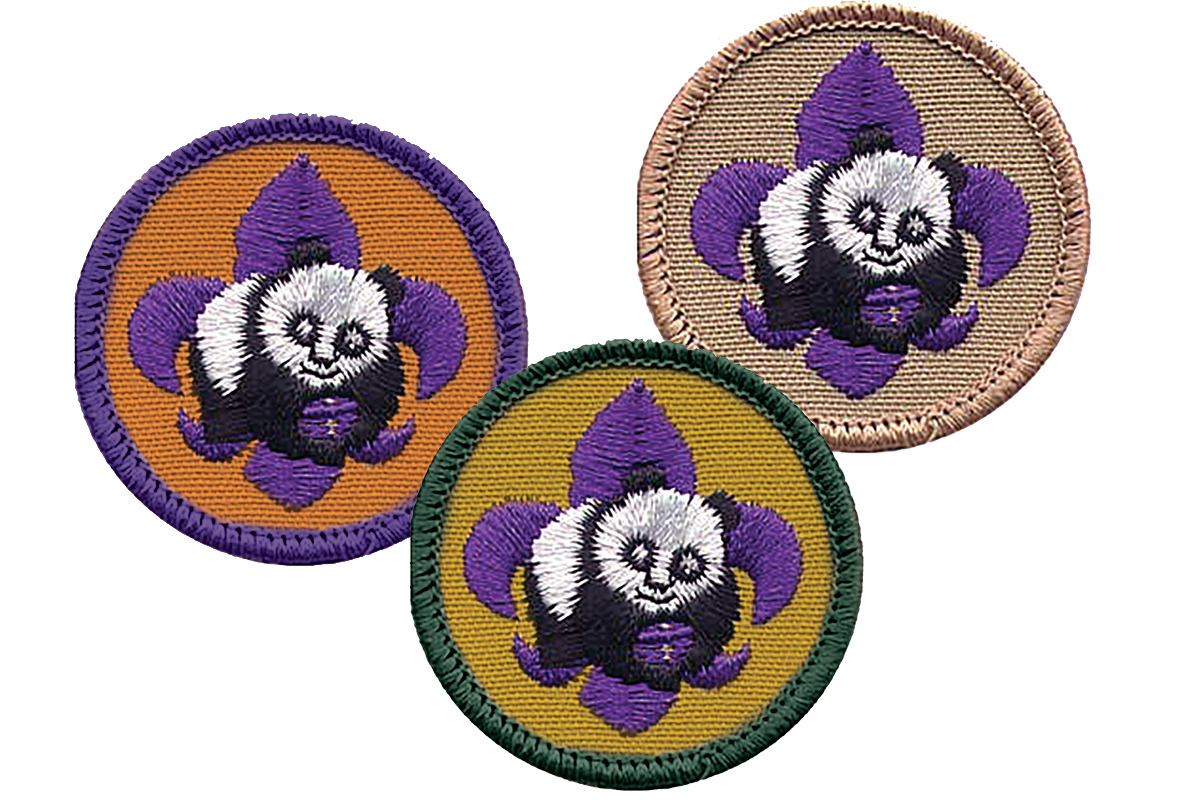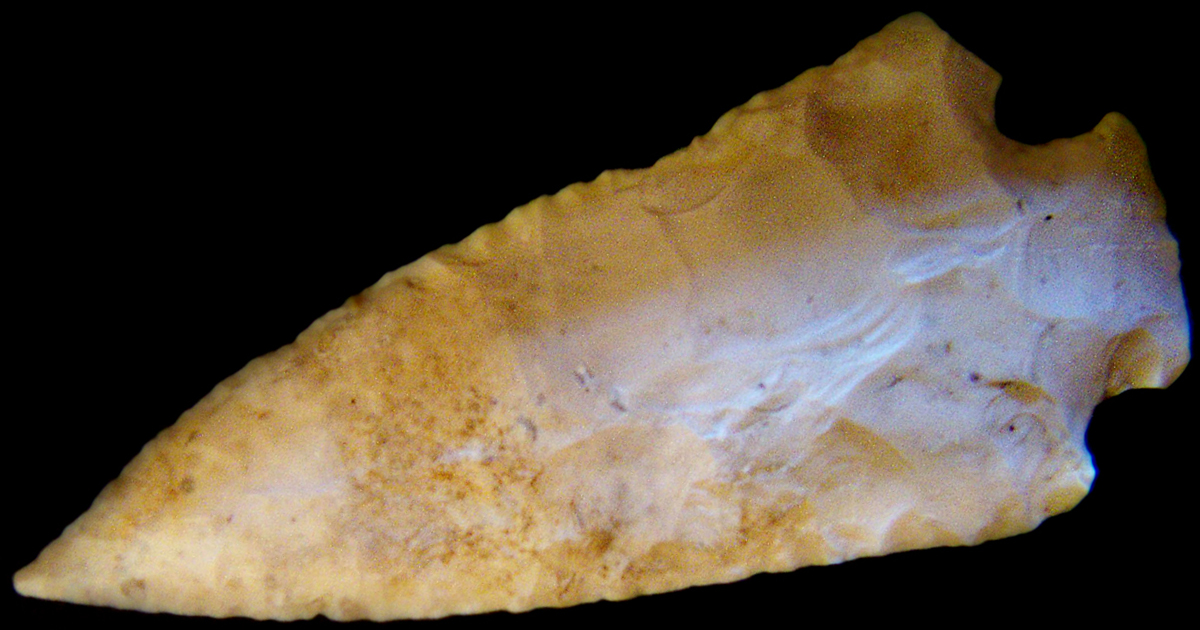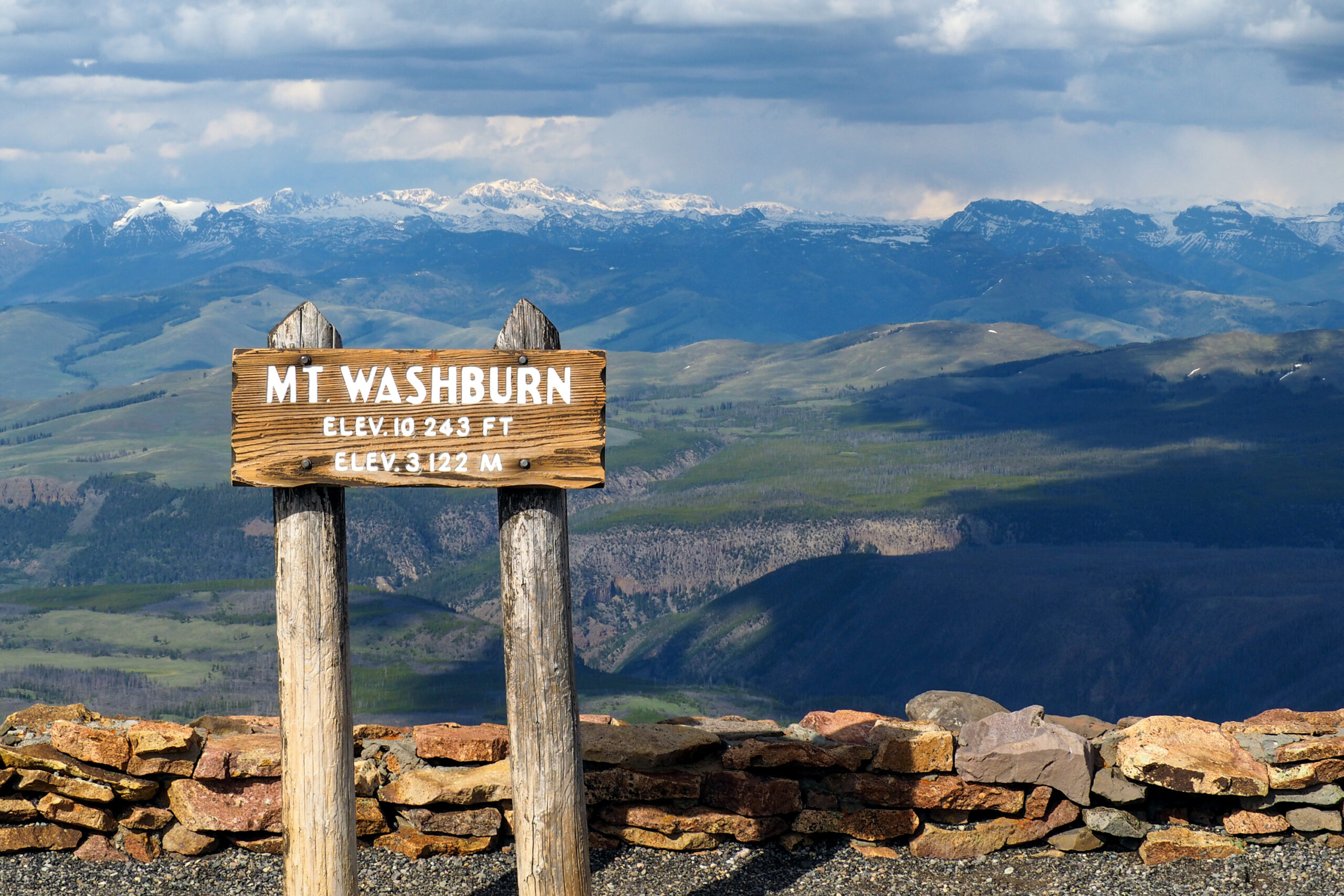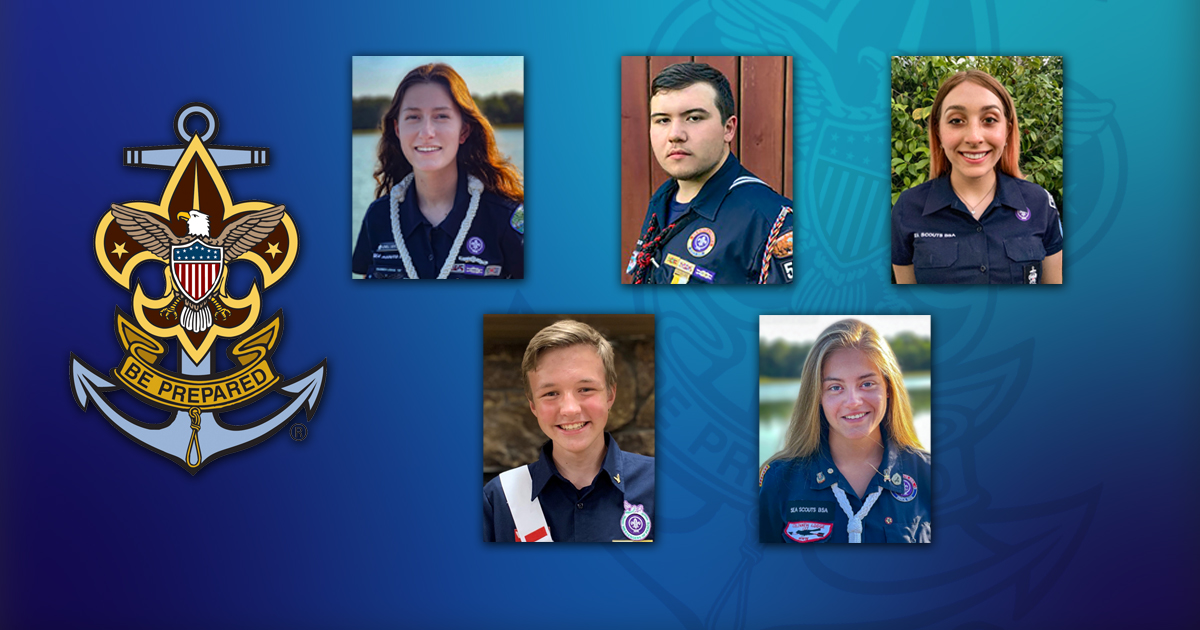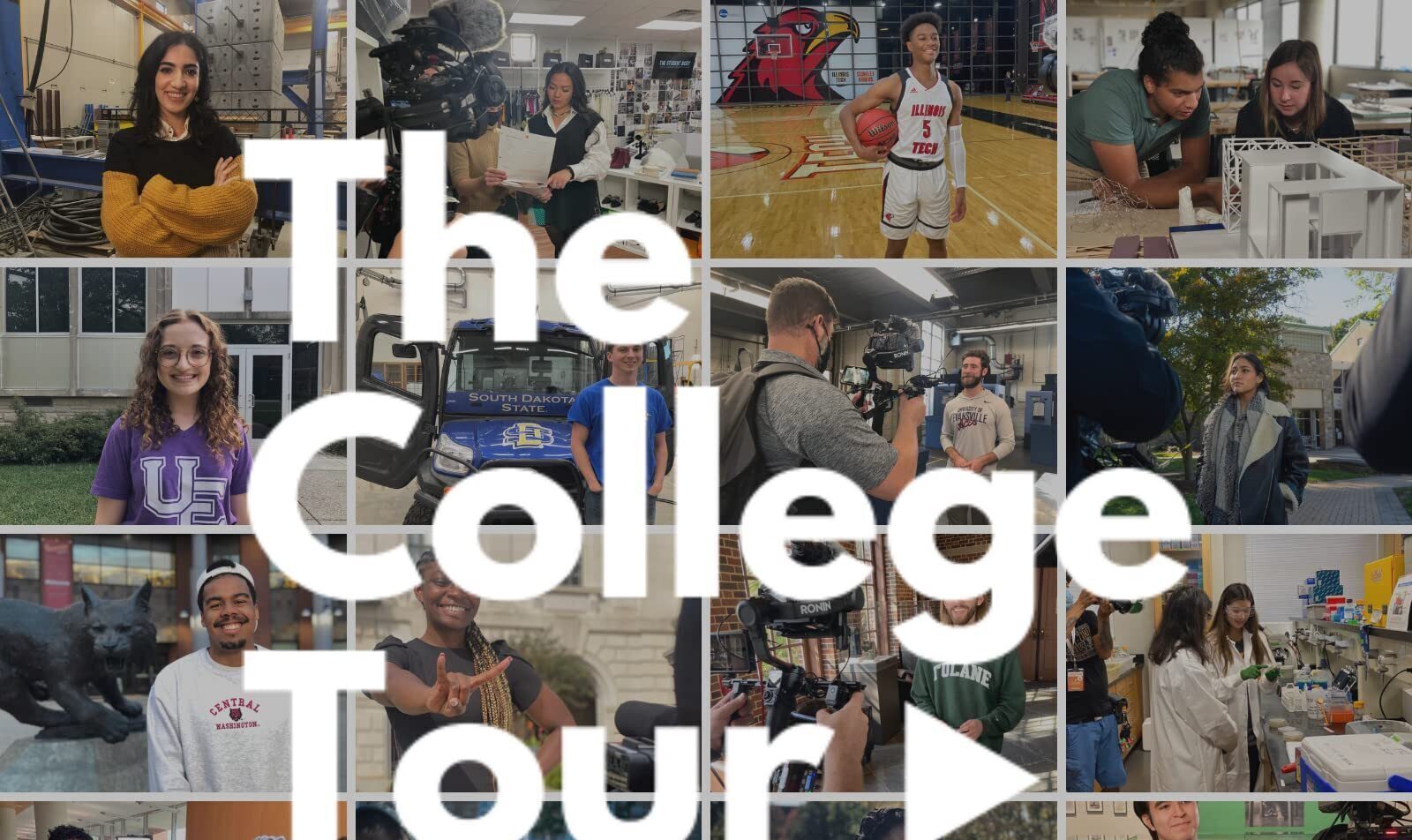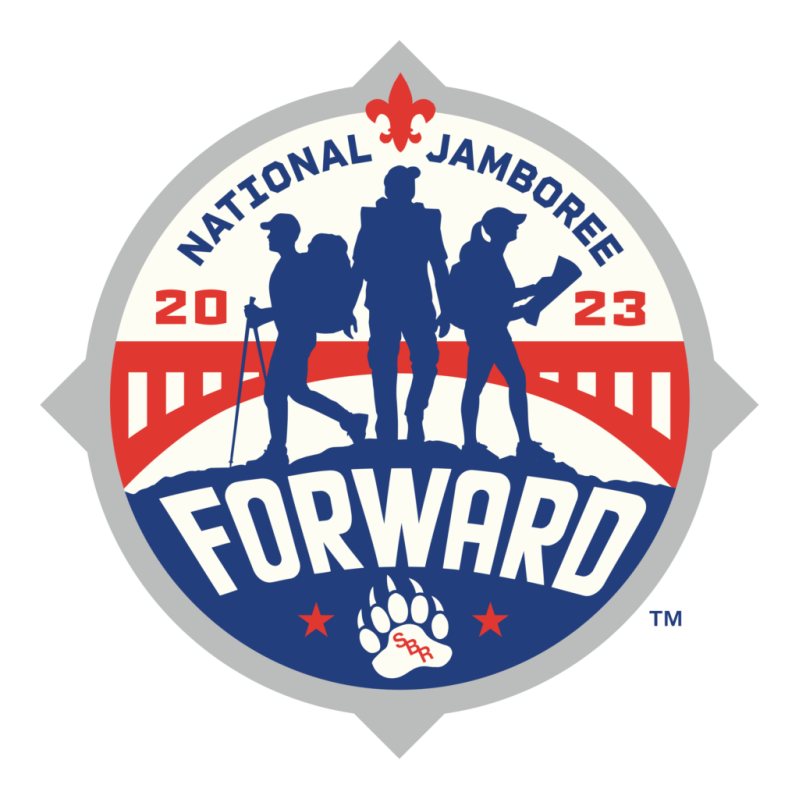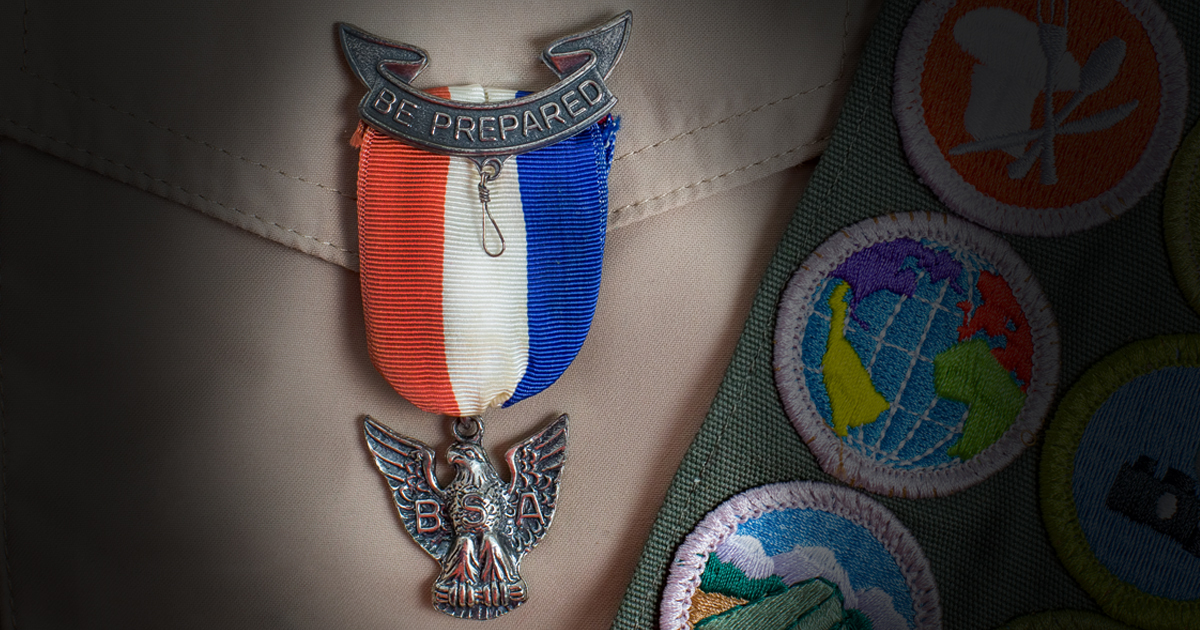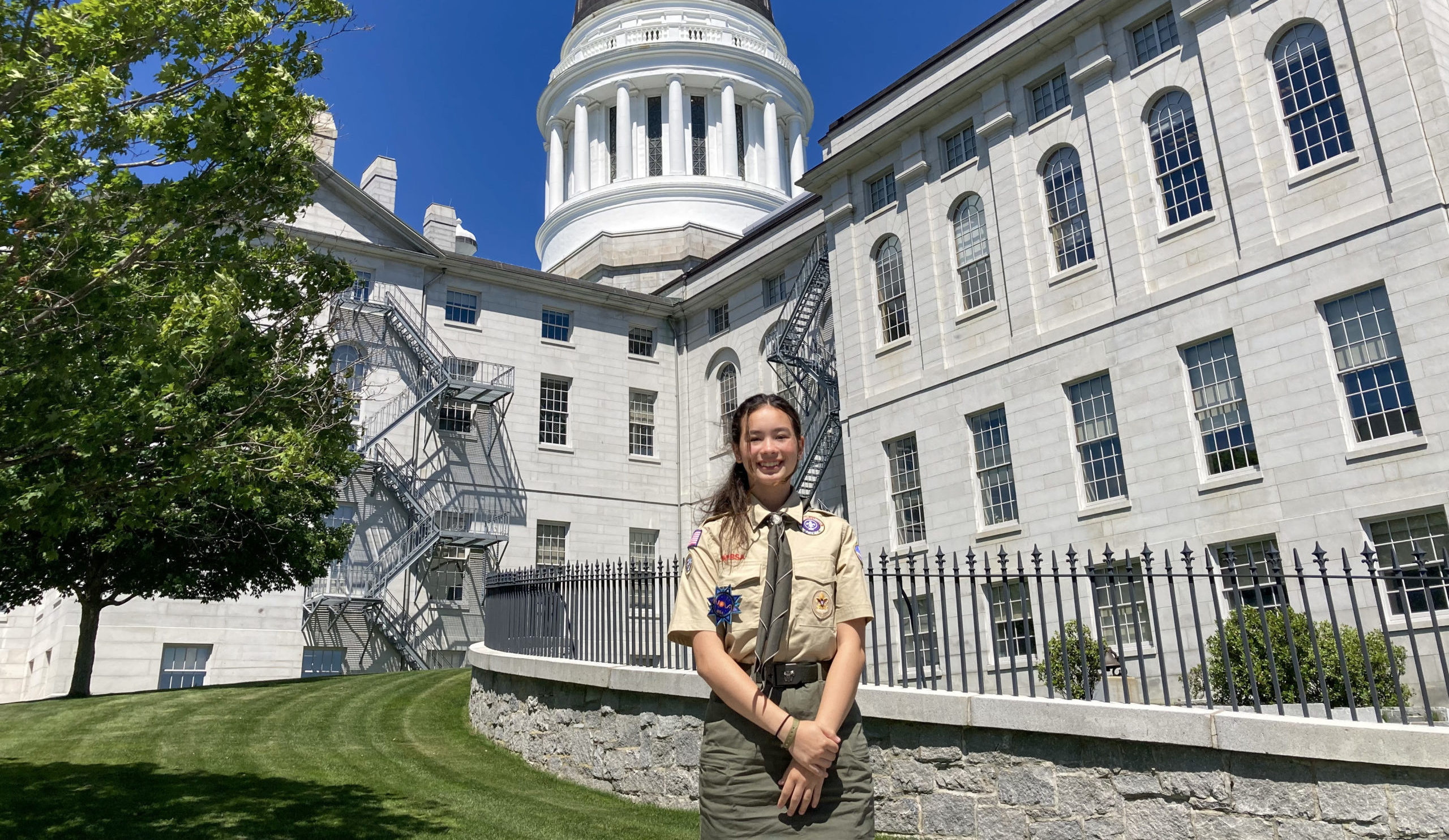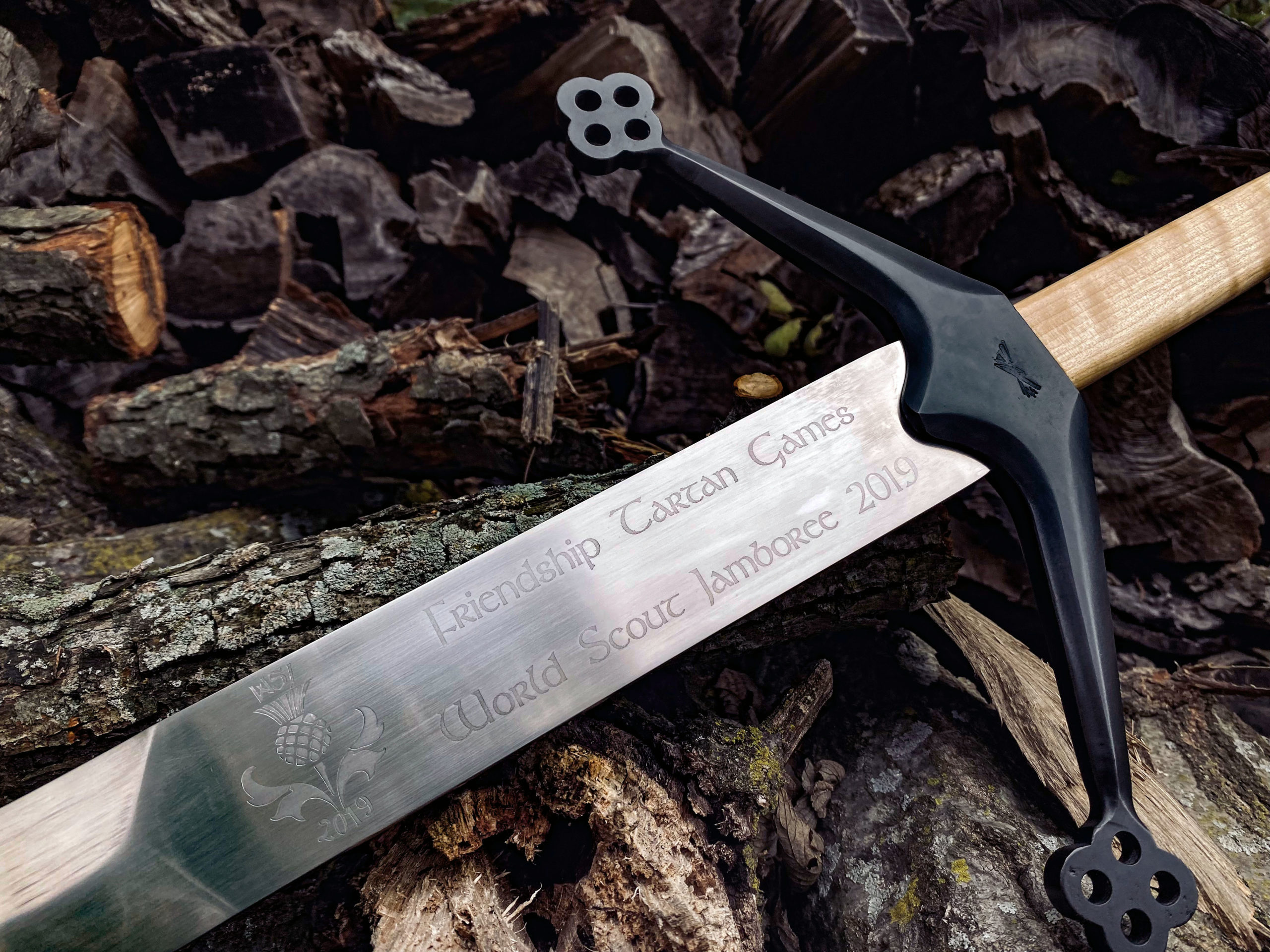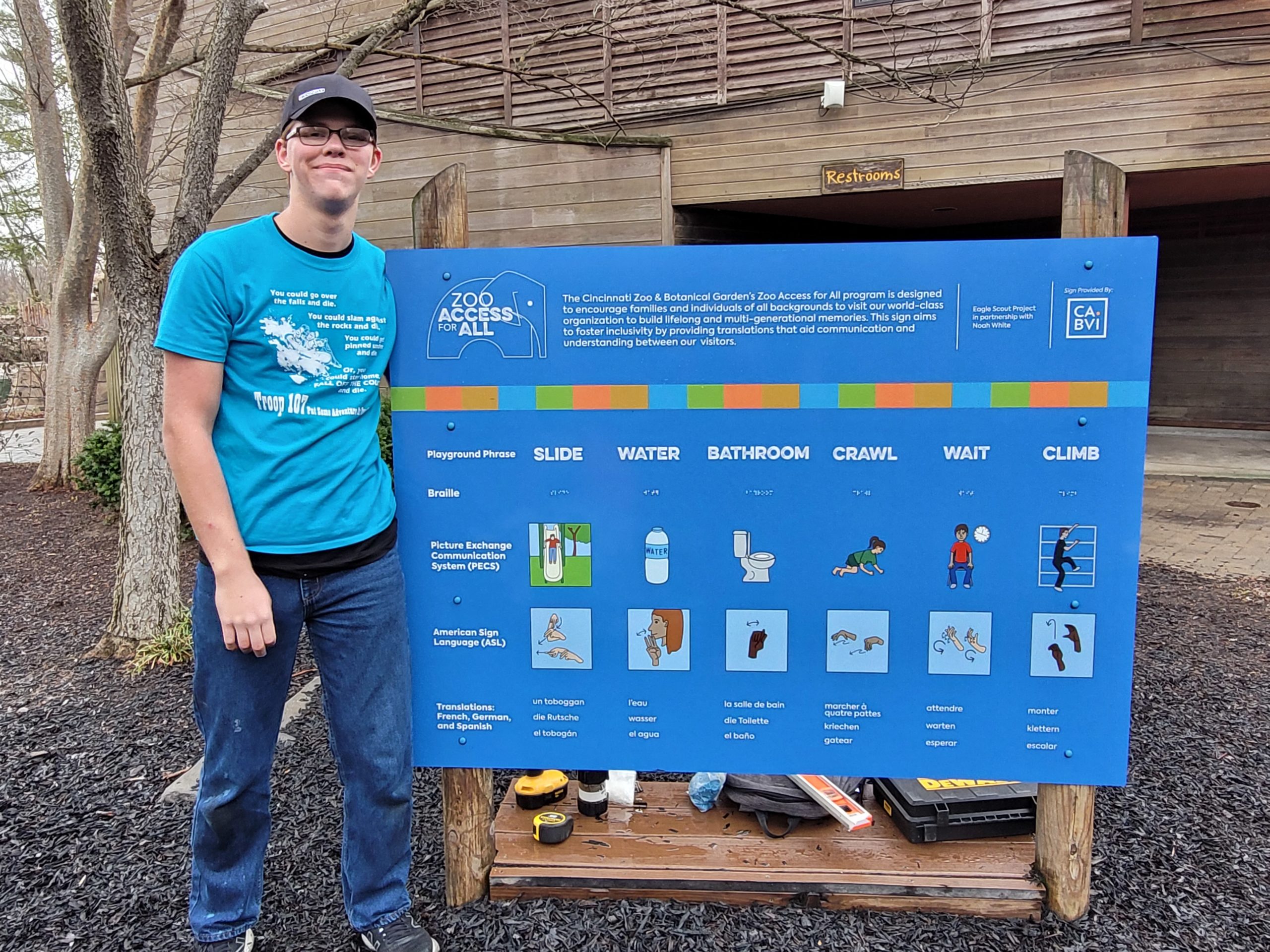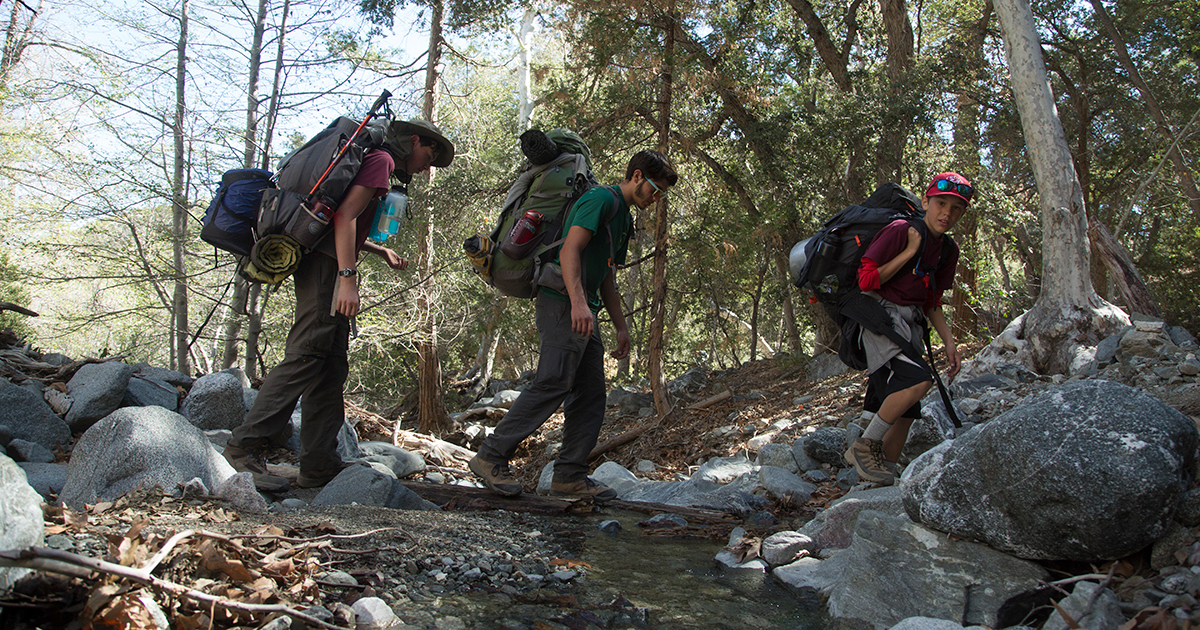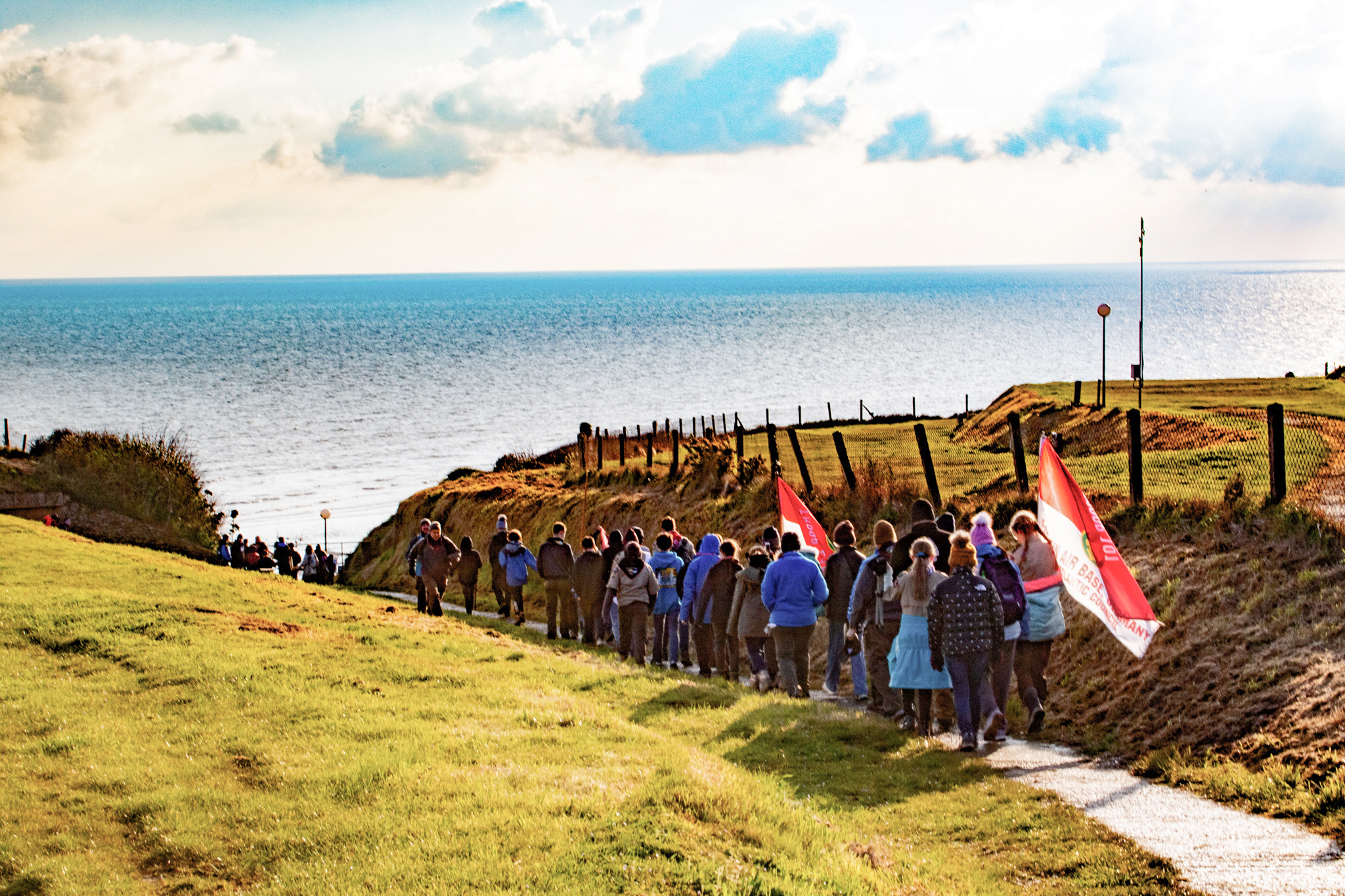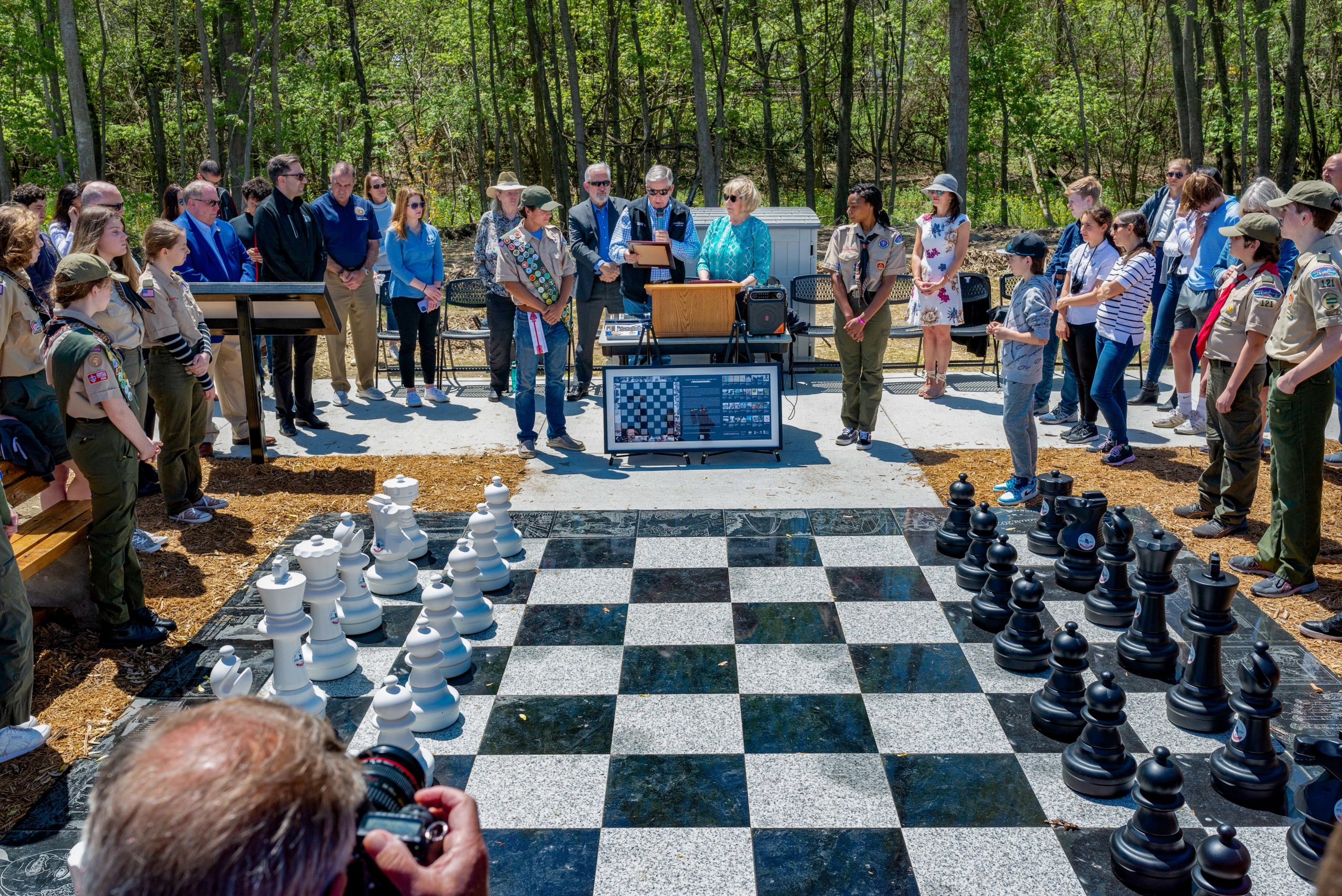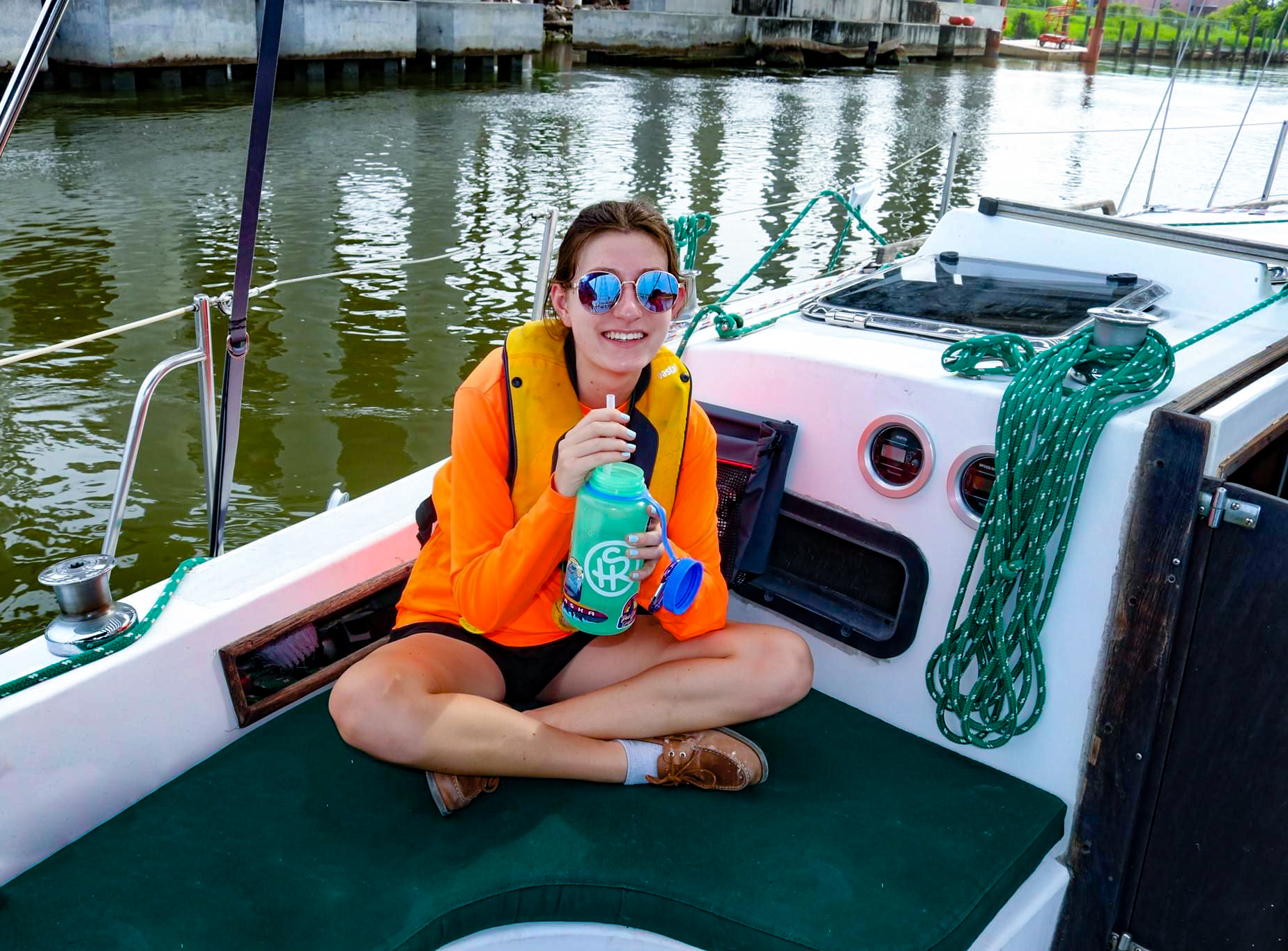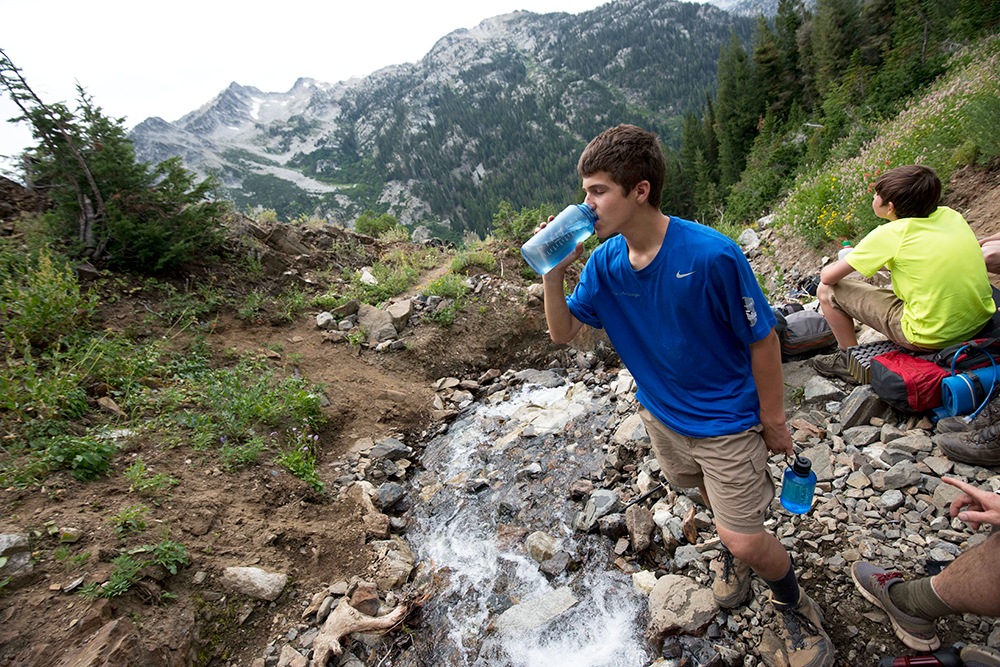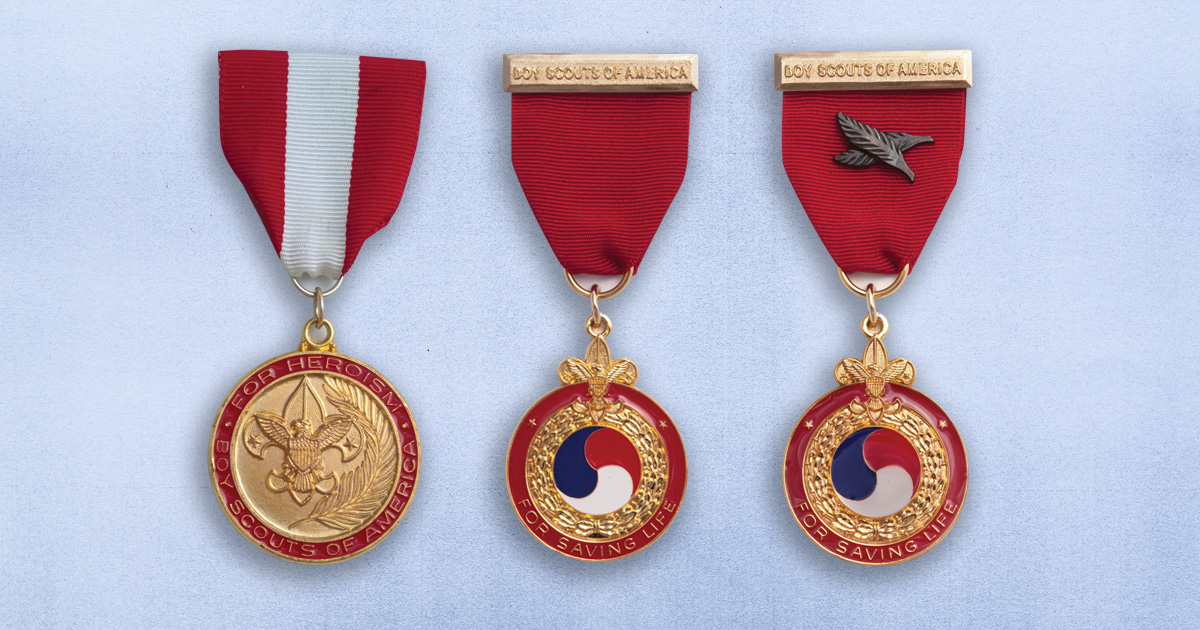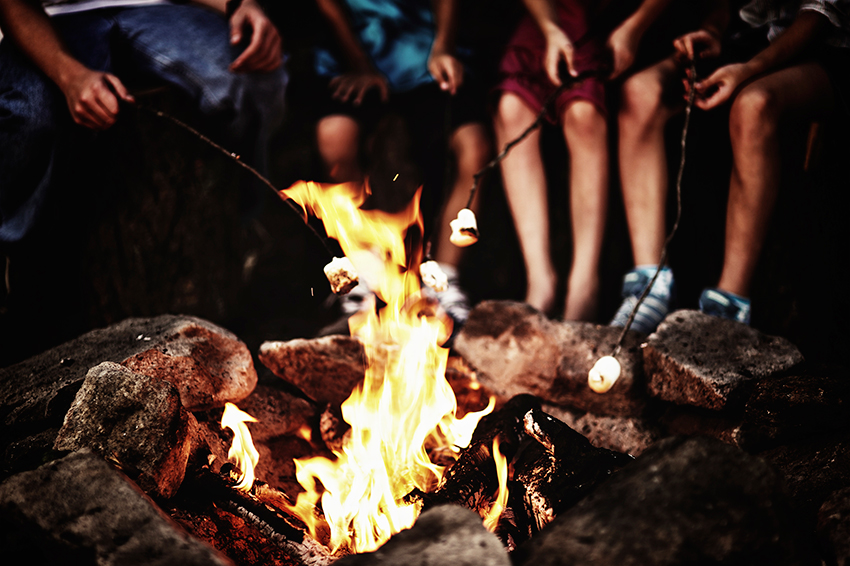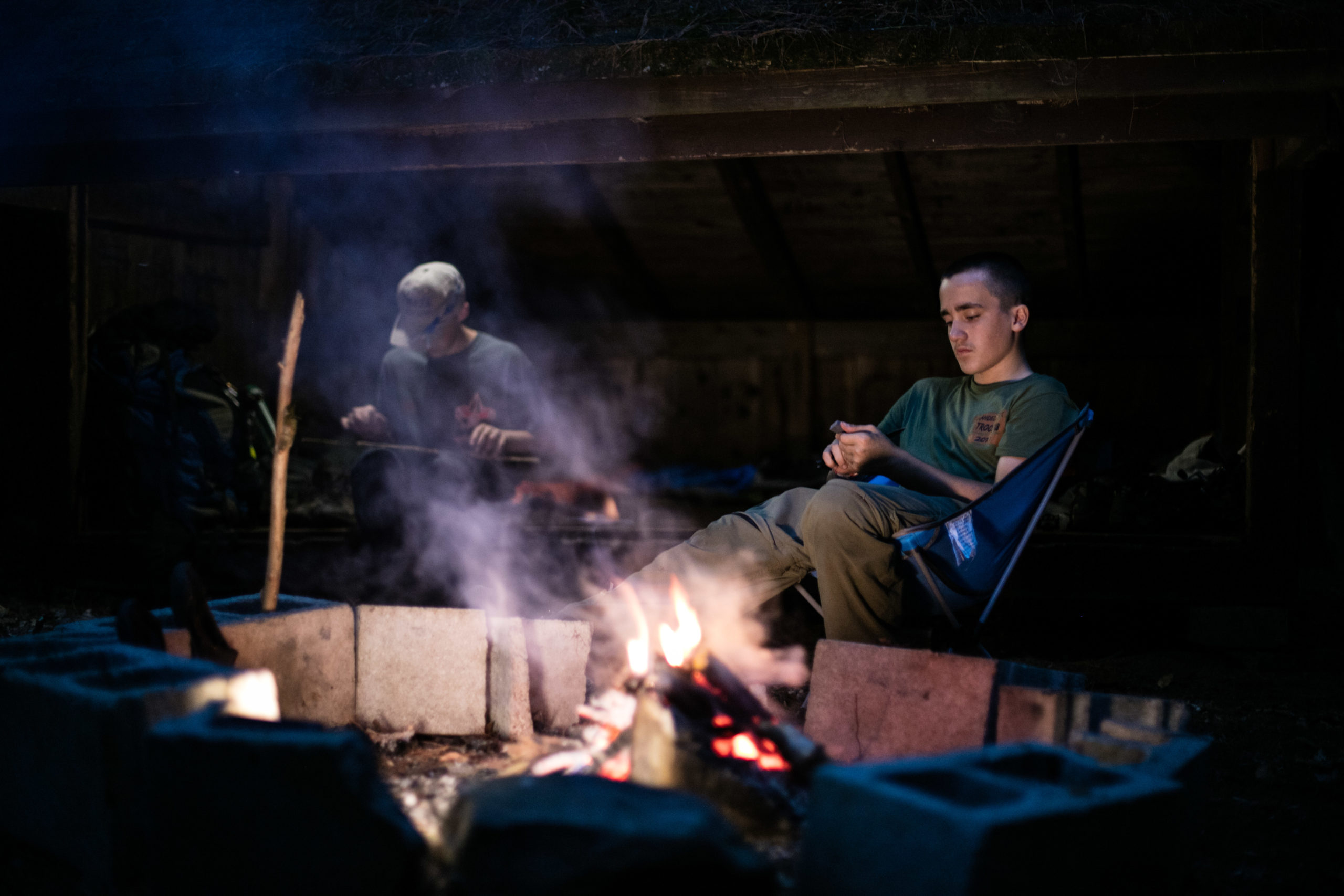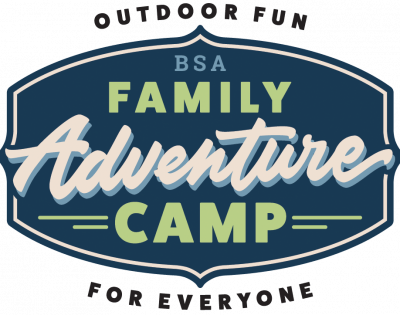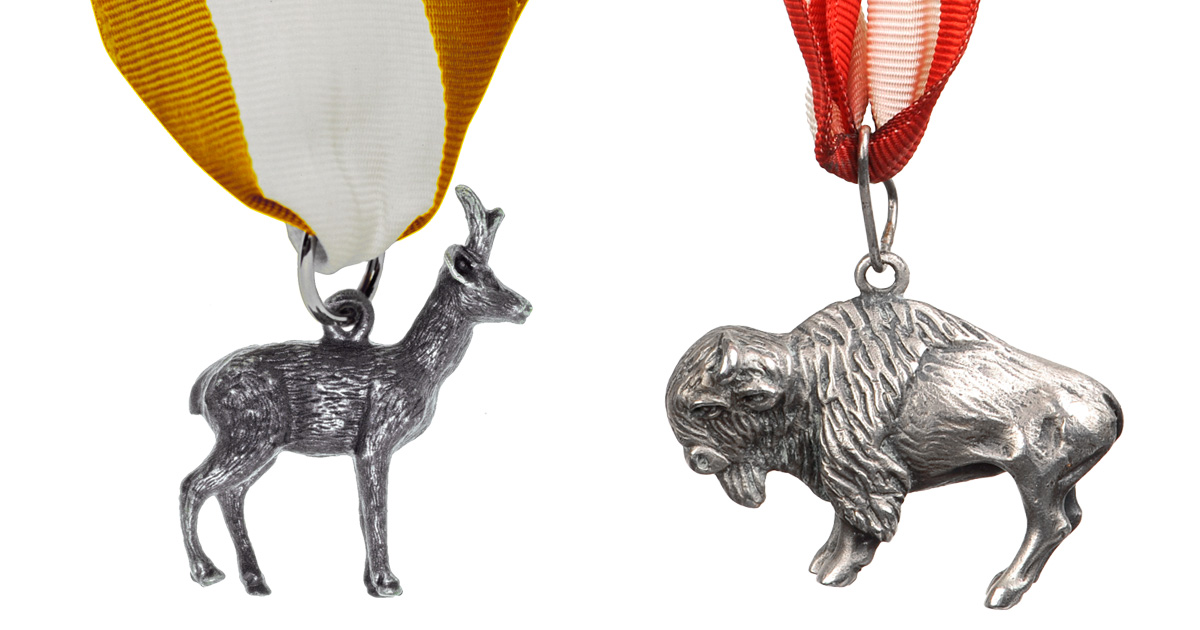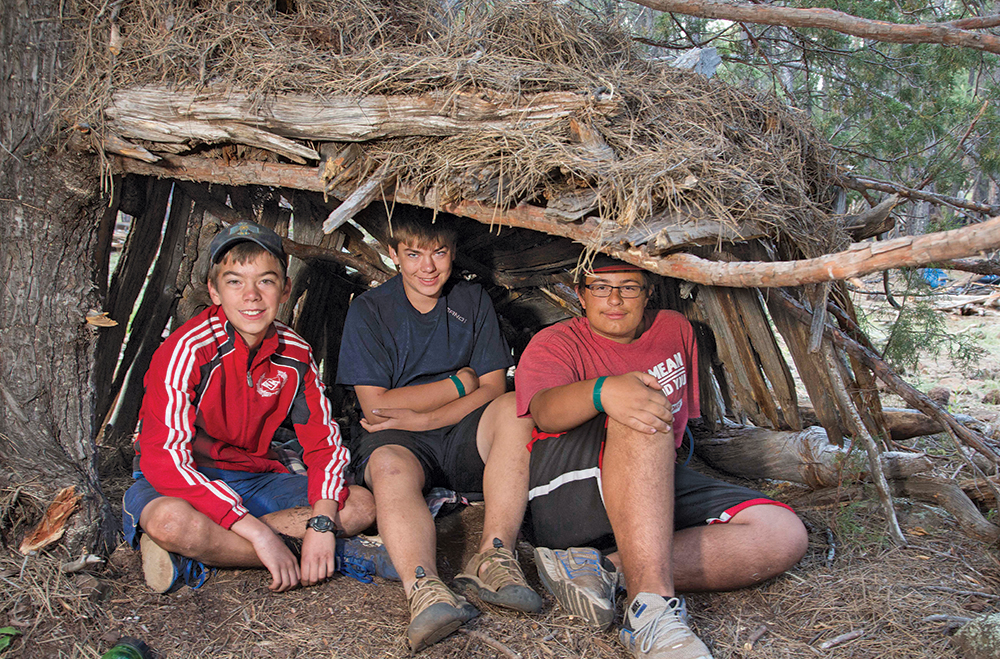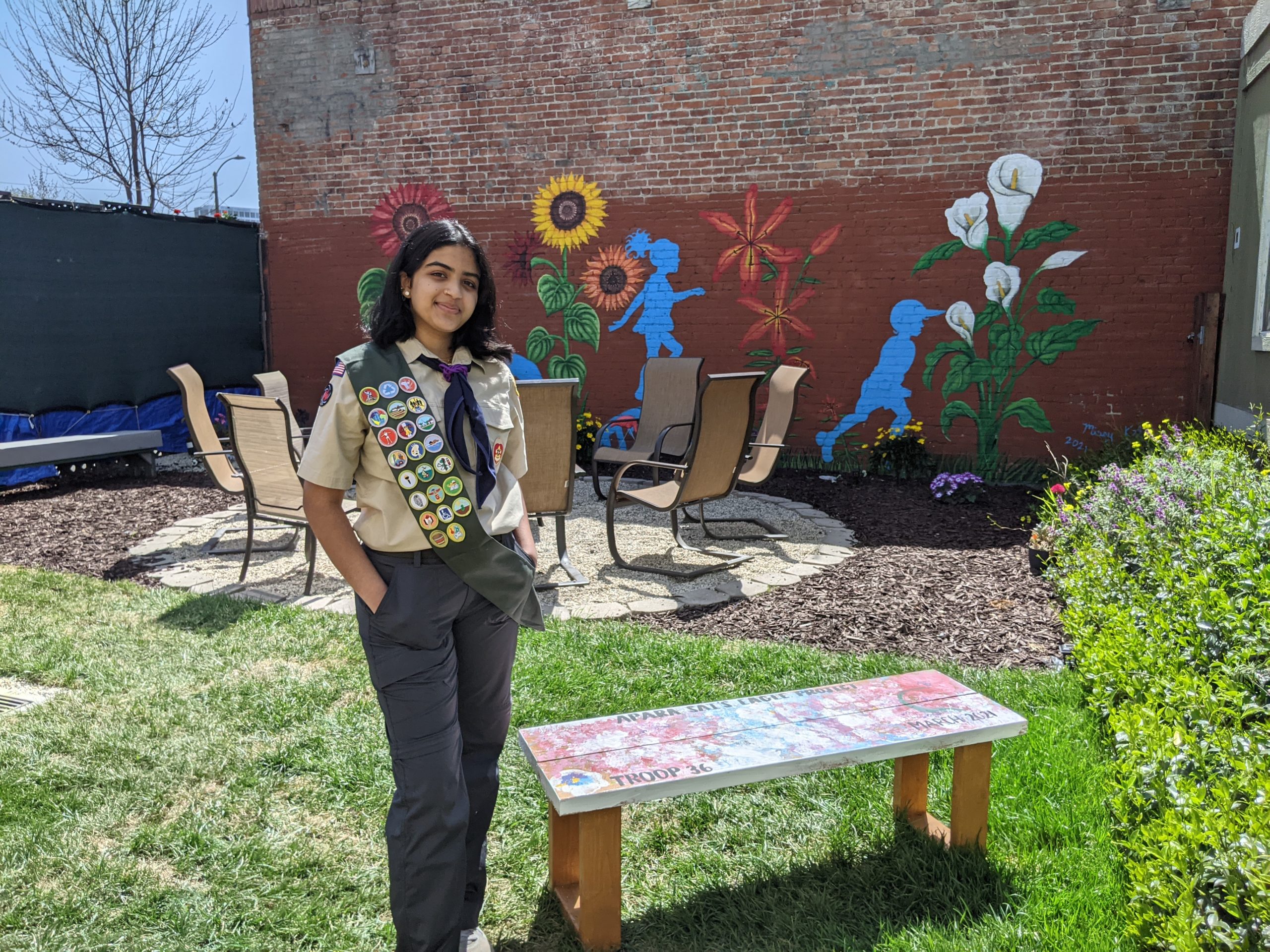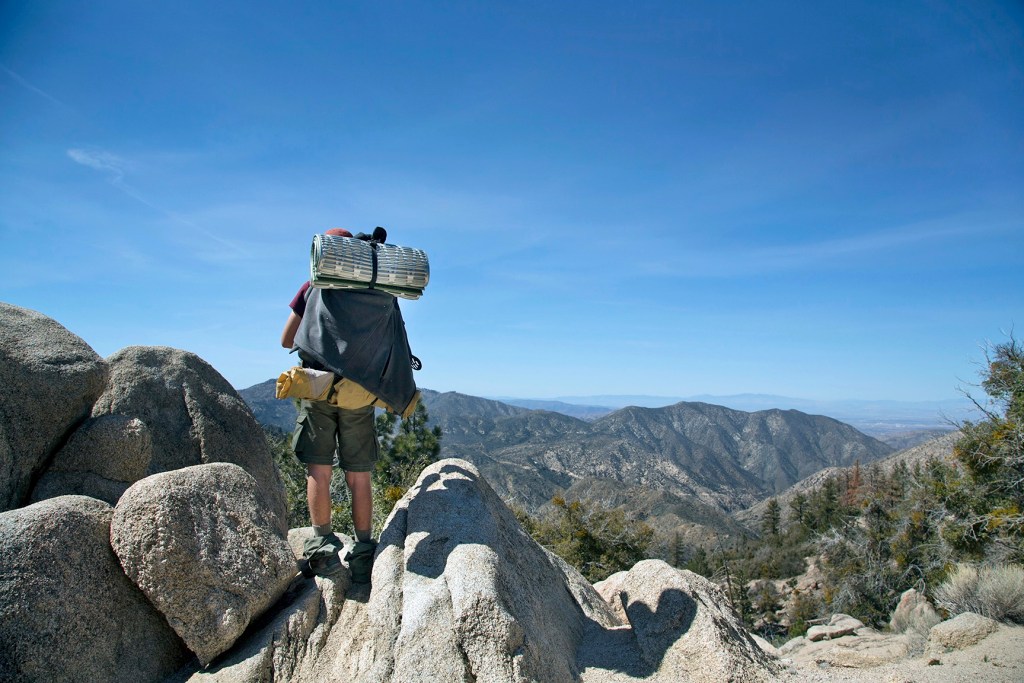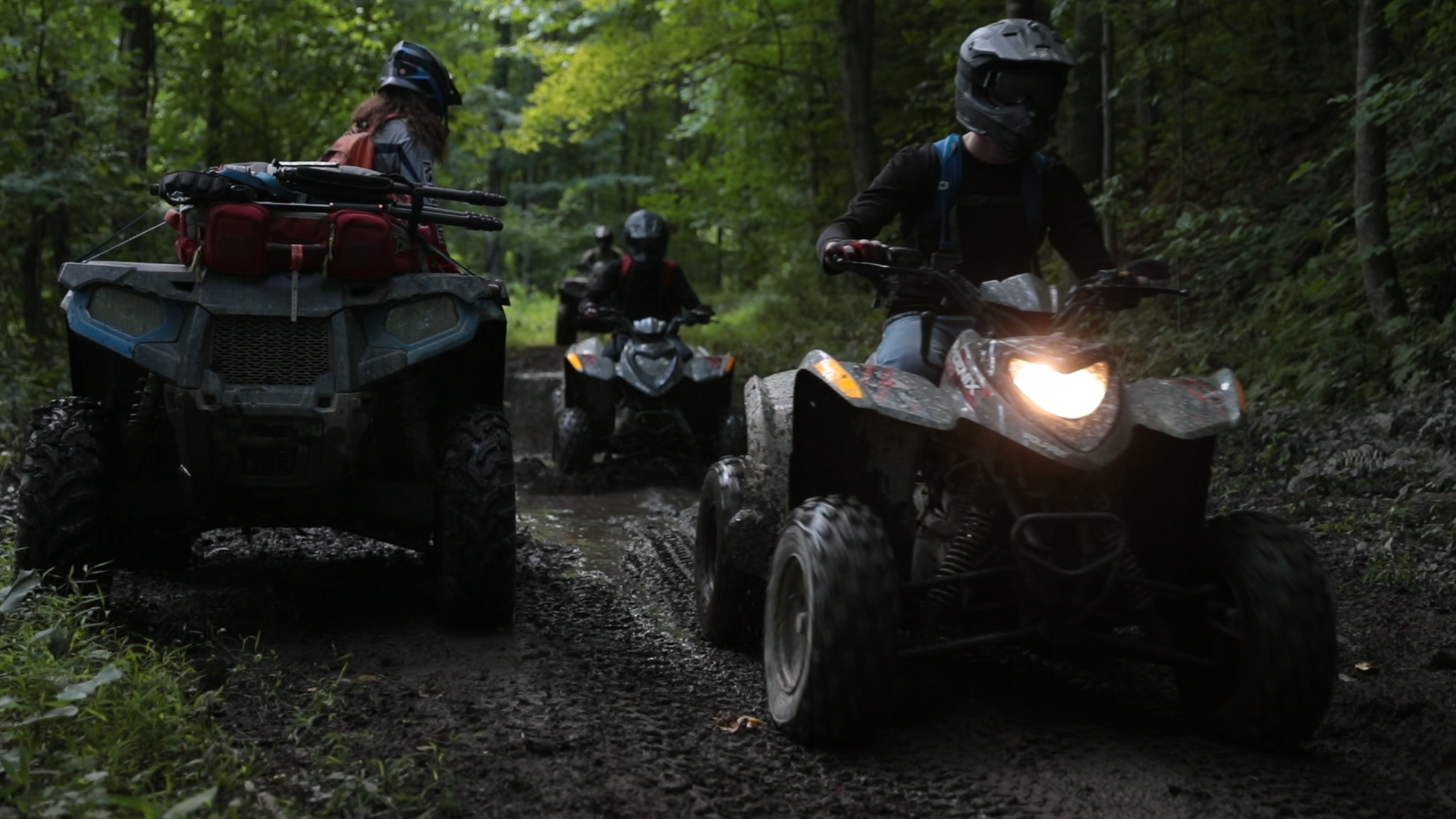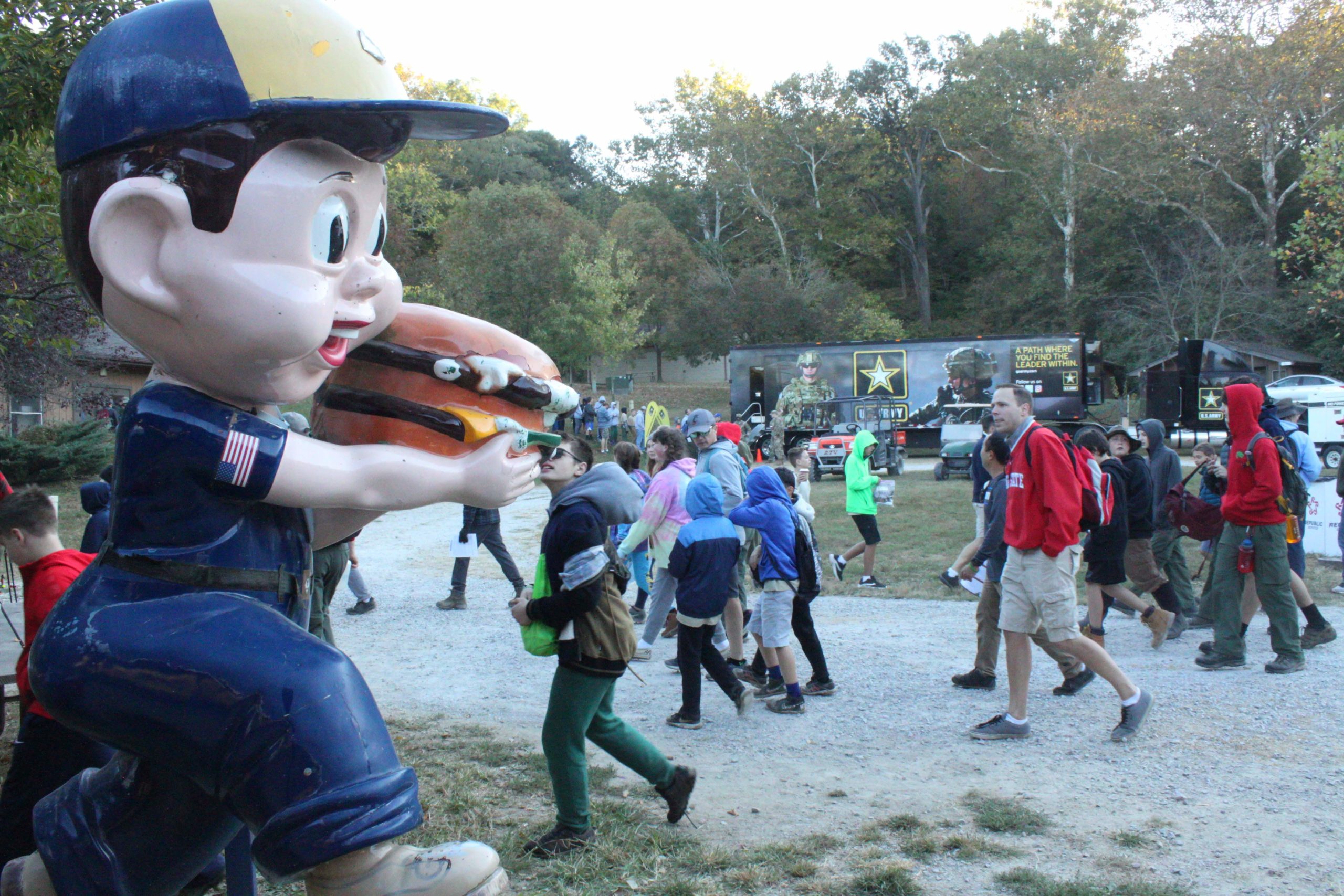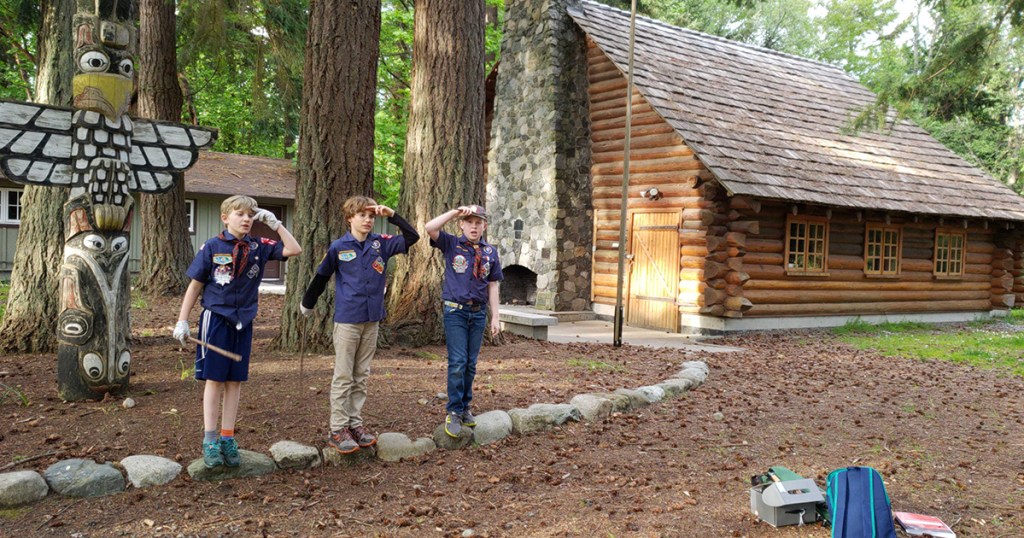To tell the story of how Troop 1299 in Allen, Texas, just happened to be in the right place at the right time to help prevent the tragic death of a young woman, you have to start from the beginning.
Because this story goes further back than their decision at that moment to pull into that particular parking lot; further back than their decision to go to Yellowstone National Park at all that day; and further back even than their decision almost a year earlier to travel all the way up to Cody, Wyo., for summer camp in the first place.
Indeed, this story begins with a decision made back in 2015, when some of the unit’s leaders were taking a wilderness first aid class and learned of a local organization that offers automated external defibrillators to youth-serving organizations.
“We recognized how having an AED to assist with a cardiac event can make a difference in saving someone’s life,” says Joe Vanek, an active adult volunteer with Troop 1299 both then and now. “Also, we knew that we are frequently in places that are not easy to get to by emergency responders.
“Having an AED with us could allow us to render aid to a victim earlier than having to wait for EMTs, and even just a few minutes might make the difference in resuscitating a victim.”
How it all started
Living for Zachary is a Texas-based nonprofit dedicated to raising awareness of sudden cardiac arrest in youth. It was founded in honor of a young man named Zachary Schrah, who collapsed and died during football practice in 2009. He was 16.
Zachary’s mother founded Living for Zachary two months later, with a focus on youth heart screenings, CPR/AED certification classes, scholarships, awareness events and AED donations.
Troop 1299 applied, and their application was accepted, under the condition that the Scouts and adults take the proper training.
“We received the AED and began to take it with us on monthly campouts, summer camp, fundraising events and other Scouting events,” Vanek says.
Though many of the youth and leaders from that time are no longer in Scouting, the troop has established a culture of having multiple adults and youth trained in CPR, first aid, WFA and AED use at all times.
The Scouts travel to one of the BSA’s national high-adventure bases every summer, an outing that requires at least one adult to be WFA trained, but Troop 1299 encourages all adults on the trip to take the course, in case the one person who is trained happens to be the one person who is injured.
That AED traveled everywhere with Troop 1299 for seven years. All those summer camps, all those high-adventure trips, all the weekend campouts and even all the regular Scout meetings.
And not once did they ever need to use it. Until their trip to Yellowstone earlier this summer.
Members of Troop 1299 learn to use their new AED. Their instructor (in the green shirt) is Mike Reisinger, a Dallas-area BSA WFA instructor whose own life was saved by an AED that was donated by Living for Zachary to his church years earlier. Photo courtesy of the troop
Heading north for summer camp
Each August, Troop 1299 holds its annual planning event that covers the next 12 months of activities, including the next year’s location for summer camp. The leadership will usually present three or so options, and the Scouts get the opportunity to vote.
In 2020, they went to Camp Constantin in Graford, Texas. The next year, it was Camp Alexander in Lake George, Colo. And this year, it was Camp Buffalo Bill in Cody, Wyo., just an hour or so from Yellowstone National Park.
Well, you can’t go to summer camp an hour from Yellowstone without visiting the park itself, right? So, the Scouts arrived in Wyoming a few days early to explore.
In three days, they had seen just about all of the park they had planned to see, but there was a portion of the northern loop they still wanted to check out.
On Wednesday, July 13, the group had a day off from summer camp, so they took their chartered bus into the park. They didn’t have a specific destination in mind. They just wanted to see the sites in that area.
“We were on our way to lunch, and we were passing by these falls, and we were like, ‘let’s just stop real quick and let the adults take some pictures,’ ” says Brian Conway, an adult volunteer who was on the trip.
They parked their bus, and as the first few adults got off, a man ran up to them and asked if there was a doctor on their bus. A woman nearby was just that minute experiencing a medical emergency.
Scouters in action
A handful of Troop 1299 adults were walking toward the scene when they heard someone say, “she isn’t breathing.” Scoutmaster Jason Dlugosch immediately ran back to the bus and grabbed the AED.
Their bus driver called 911.
Within seconds, the Scout leaders reached the scene. They saw a young person lying on the ground, unresponsive. Over her, a woman was already performing chest compressions. A crowd had already gathered around to watch.
A bystander told them the woman was a nurse and had started CPR minutes earlier. At this point, it appeared to not be working.
The Scouters told the nurse they had an AED, and she asked to use it. She probably knew that the chances of surviving a cardiac event greatly increase when a bystander is able to use an AED instead of waiting for emergency responders, and AEDs in general have a better chance of success than CPR alone.
Dlugosch handed over the device, and the nurse took over.
AEDs designed for the general public give verbal instructions out loud, so everyone who had gathered around the scene could tell what was happening. Not only does it deliver an electrical shock (or defibrillation), it also analyzes the rhythm of the victim’s heart and tells the user what to do next.
After the nurse used the AED once, the device told everyone to wait for 30 seconds while it looked for a pulse.
“We were all waiting with bated breath,” says Conway.
Then came the next message.
“Pulse detected.”
Troop 1299 at Yellowstone. Photo courtesy of the troop
When preparation meets opportunity
First responders arrived in just another few minutes. This, by itself, is remarkable.
Cellphone service is hard to come by in this part of the park. The Scouts’ bus driver swears she didn’t have a signal when they first pulled into the parking lot, but when she recognized the severity of the situation, she pulled out her phone, and there it was: one bar.
The 911 call went through flawlessly.
Then the woman checked her phone again: no service.
And the nurse? She told some bystanders she was a member of the Israel Defense Forces. She just happened to be vacationing with her husband in Yellowstone, and they just happened to be in that parking lot, at that date, at that time.
One of the EMTs used a walkie-talkie to arrange a helicopter to take the victim to the nearest hospital. As the other EMTs secured the woman to a stretcher, one of them looked up and asked, “Who brought the AED?”
The Scouters answered, “It belongs to our Scout troop.”
“That yellow box saved her life,” the EMT said.
Lessons learned
The Scouters of Troop 1299 don’t know what happened to the victim. She seemed to be in good hands when she left in the ambulance. A spokesperson from Yellowstone says they can’t give out that kind of information.
Conway estimates that the entire ordeal lasted around 15 minutes.
When it was over, the adults returned to their bus. The Scouts were only vaguely aware of what had been happening, so the adults filled them in, and took the opportunity to talk about the lessons they had learned, and why the skills and habits they teach in Scouting are so vital.
“When you mumble and grumble and moan and groan about how you don’t understand why you have to learn this stuff, this is it,” Conway told the Scouts. “Look around you. This person could have died on this mountain today, but they didn’t because we were prepared with an AED. And we helped.
“You never know when it’s going to be your turn to help. And you can either be one of the people who stands there and looks and hopes everything is going to be OK, or you can be the person who knows what to do and has the resources.
“Which do you want to be?”
AEDs are available for purchase from the Red Cross and other organizations. Living for Zachary continues to donate AEDs to youth-based organizations across Texas. Ask your local BSA wilderness first aid and CPR experts about programs near you that might offer AEDs for free or at reduced cost. Photo by Getty Images
